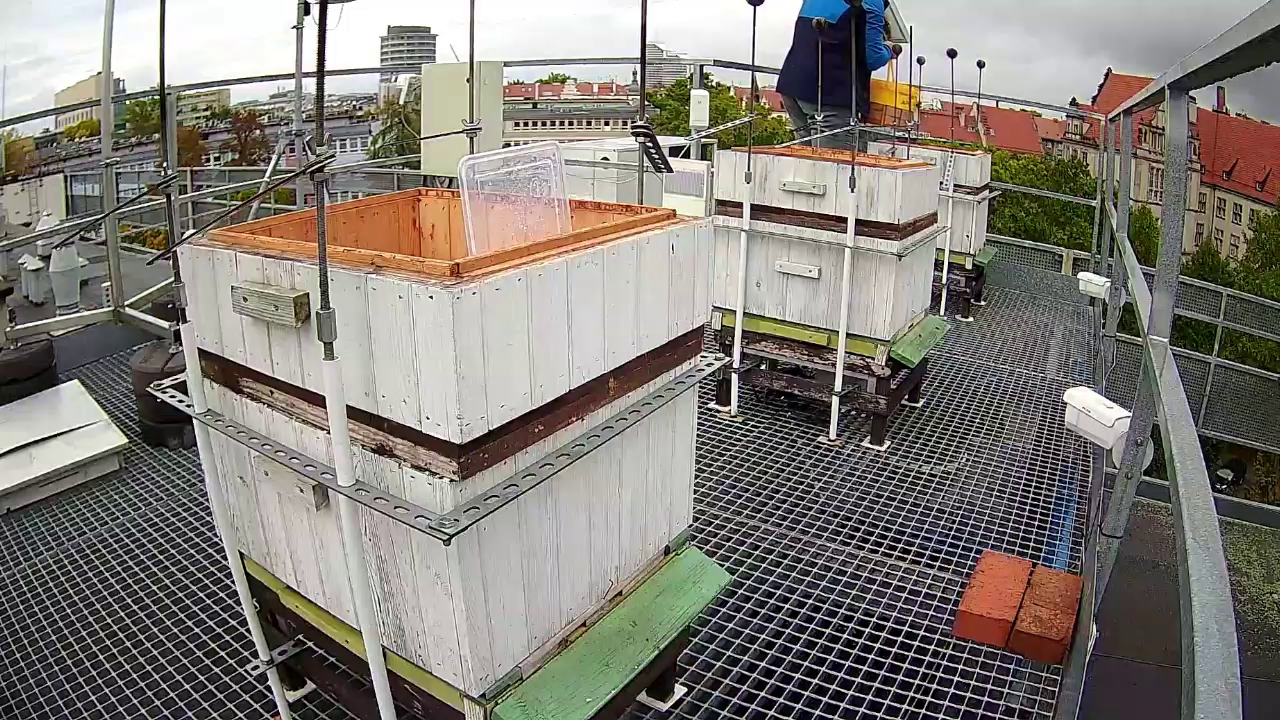
Feeding for winter
To ensure that the bees have enough food for the winter, we have given them invert sugar. They will seal it in the combs, replenishing the supplies in the hive.
Welcome to the Faculty of Environmental Engineering, Wroclaw University of Science and Technology, Ulopolis apiary!
The idea of starting an apiary was born in 2021. It was inspired by the successful completion of the Beesensor project, funded by the NCBiR. As part of this project, a concept was developed and prototypes were made of sensor measurement devices designed to detect diseases plaguing honey bee colonies. The practical realization of the idea of apiary was possible thanks to the help of the Bee Embassy Foundation, the Wroclaw Centre for Networking and Supercomputing, and many people sympathizing with the project.
Ulopolis is located on the roof of building C-6, at the University-Main Campus. Currently, it consists of three hives.
In large metropolitan areas, urban apiaries are not unusual. The distinguishing feature of Ulopolis is the accompanying technical infrastructure, especially the measurement infrastructure. Cameras mounted inside the hives and in their immediate vicinity allow observation of bee colonies in a safe manner that does not disturb the lives of these insects. Sensors for temperature, humidity, and selected gases allow monitoring the conditions inside the hives. A nearby meteorological station provides data on the weather situation. The scales on which the hives are installed, in turn, provide data on the amount of honey produced as well as the strength of the bee colonies. A data communication system makes it possible to transmit measurement data and make the information available to a large audience, online.
The Ulopolis apiary is not intended for honey production. We also do not wish to use it for honeybee colony research. Instead, we assume that it will be a kind of “testing ground”. It is to be used to test, under field conditions, innovative technical solutions that may find application in modern beekeeping, and more.
Ulopolis will also perform educational functions. It will help expand the environmental awareness of those interested in environmental protection. Certainly, the apiary will be involved in actions promoting urban beekeeping.
You are welcome to visit Ulopolis remotely!
Welcome to the Faculty of Environmental Engineering, Wroclaw University of Science and Technology, Ulopolis apiary!
The idea of starting an apiary was born in 2021. It was inspired by the successful completion of the Beesensor project, funded by the NCBiR. As part of this project, a concept was developed and prototypes were made of sensor measurement devices designed to detect diseases plaguing honey bee colonies. The practical realization of the idea of apiary was possible thanks to the help of the Bee Embassy Foundation, the Wroclaw Centre for Networking and Supercomputing, and many people sympathizing with the project.
Ulopolis is located on the roof of building C-6, at the University-Main Campus. Currently, it consists of three hives.
In large metropolitan areas, urban apiaries are not unusual. The distinguishing feature of Ulopolis is the accompanying technical infrastructure, especially the measurement infrastructure. Cameras mounted inside the hives and in their immediate vicinity allow observation of bee colonies in a safe manner that does not disturb the lives of these insects. Sensors for temperature, humidity, and selected gases allow monitoring the conditions inside the hives. A nearby meteorological station provides data on the weather situation. The scales on which the hives are installed, in turn, provide data on the amount of honey produced as well as the strength of the bee colonies. A data communication system makes it possible to transmit measurement data and make the information available to a large audience, online.
The Ulopolis apiary is not intended for honey production. We also do not wish to use it for honeybee colony research. Instead, we assume that it will be a kind of "testing ground". It is to be used to test, under field conditions, innovative technical solutions that may find application in modern beekeeping, and more.
Ulopolis will also perform educational functions. It will help expand the environmental awareness of those interested in environmental protection. Certainly, the apiary will be involved in actions promoting urban beekeeping.
You are welcome to visit Ulopolis remotely!
Inside cameras
Outside cameras
Królowa pszczela ma identyfikator. Opalitka ułatwia znalezienie jej wśród pszczół na plastrze. Barwa znaczka mówi o wieku królowej.

Jajo pszczele przypomina ziarenko ryżu, lecz jest mniejsze. W komórce plastra, z jaja rozwija się larwa.
Podczas cotygodniowego przeglądu zaobserwowaliśmy taniec pszczół.
Ten charakterystyczny ruch jest sposobem przekazywania informacji.

To ensure that the bees have enough food for the winter, we have given them invert sugar. They will seal it in the combs, replenishing the supplies in the hive.
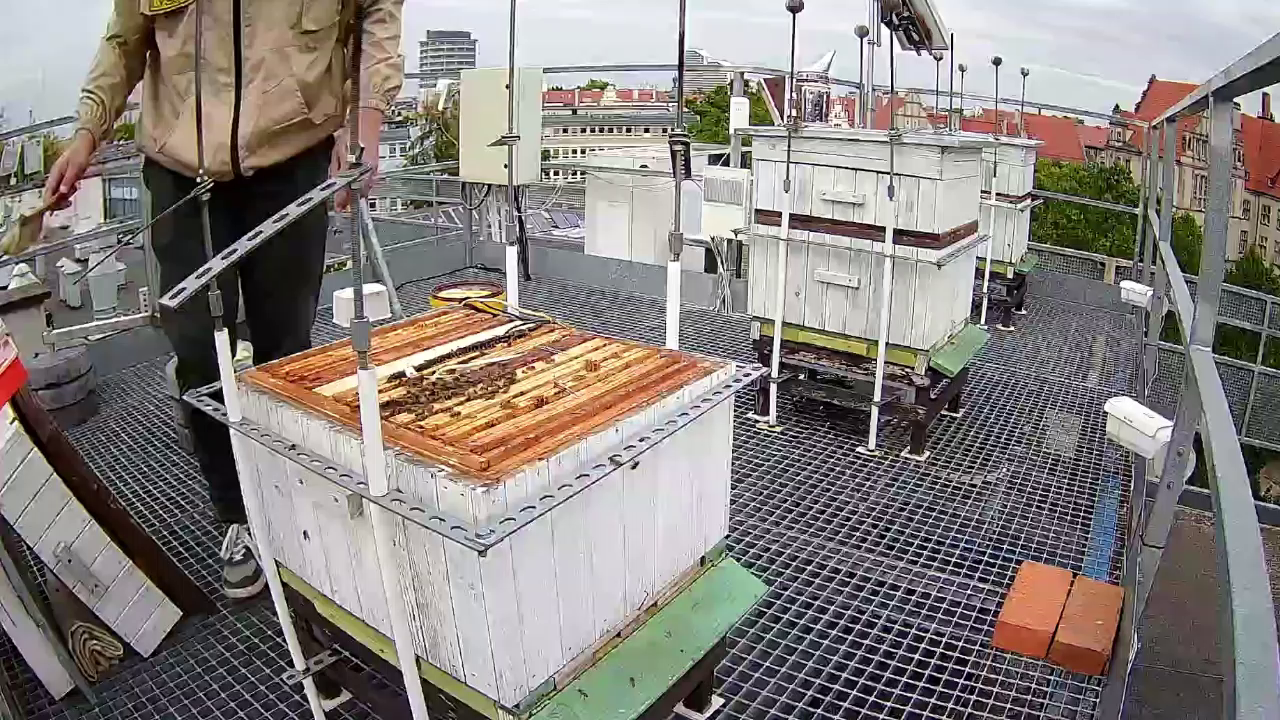
Another move before winter is reducing the number of frames in the hive. This makes it easier for the bees to heat their nest in winter. In addition, we reduce the risk of mould growth on food supplies stored outside the centre of the frames.
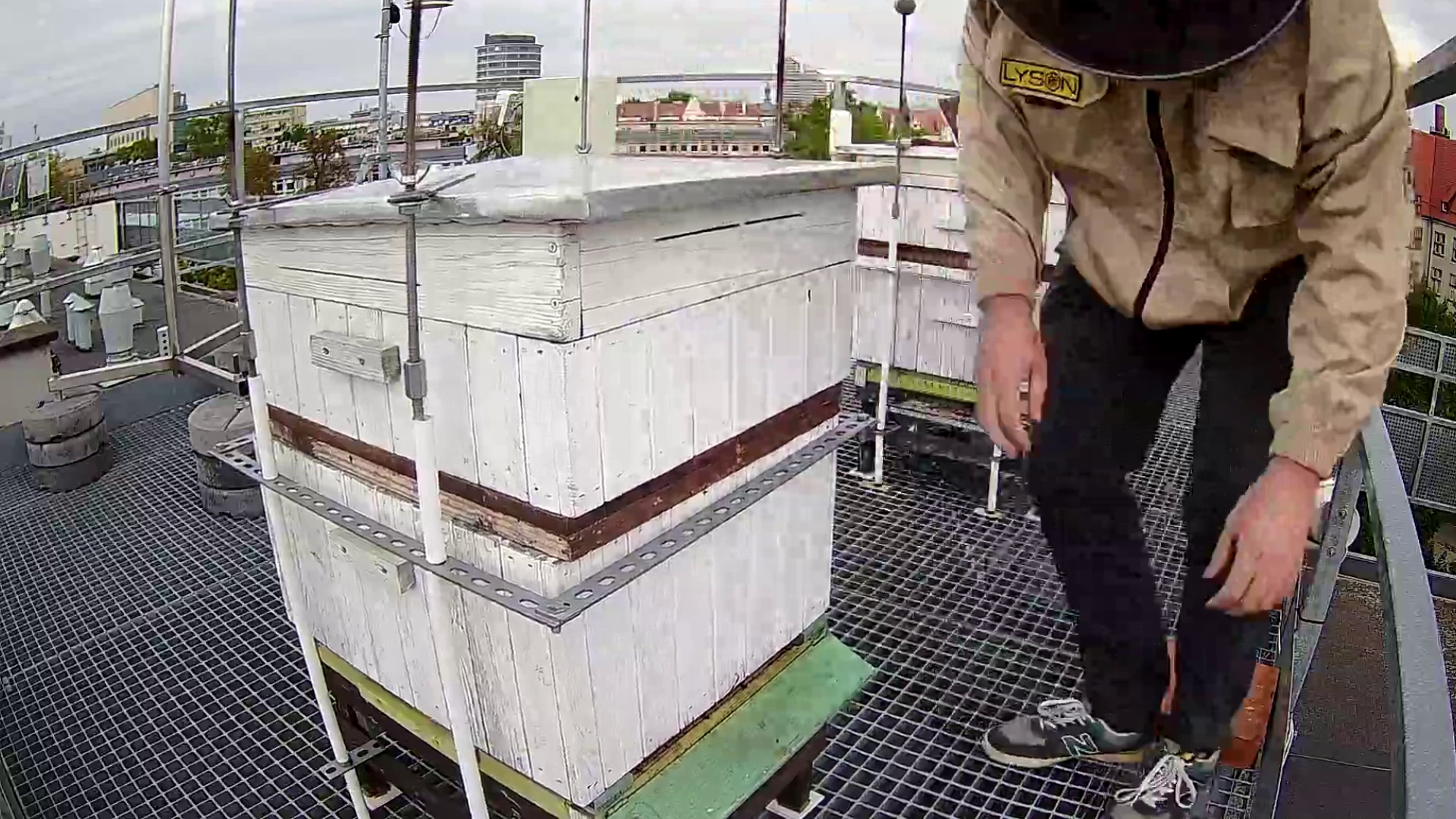
Before winter, we reduced the size of the hive exits to make it easier for bee colonies to maintain suitable thermal conditions when it becomes cold outside.
Part of Ulipolis is a bed of honey plants. It was created at the Avenue of Professors of Wroclaw University of Science and Technology, along building C-6.
The flowerbed occupies 440 sqm. It was planted with 2200 perennials in 38 species, as well as ornamental grasses, ivy and grapevine. The so-called “mix” was used, which consists in placing completely different plants next to each other and using unequal planting density.
The flowerbed blooms from early spring to late autumn, all over the surface. It is multicolored, fragrant, variable and untamed.
Nectar and pollen from the plants growing here provide food for bees from the Ulopolis apiary. The proximity of this source is valuable, as there is a shortage of food for these insects in a typically urban area.
We invite you to take a closer look at individual plants and marvel at their beauty, live or, when that is not possible, virtually.
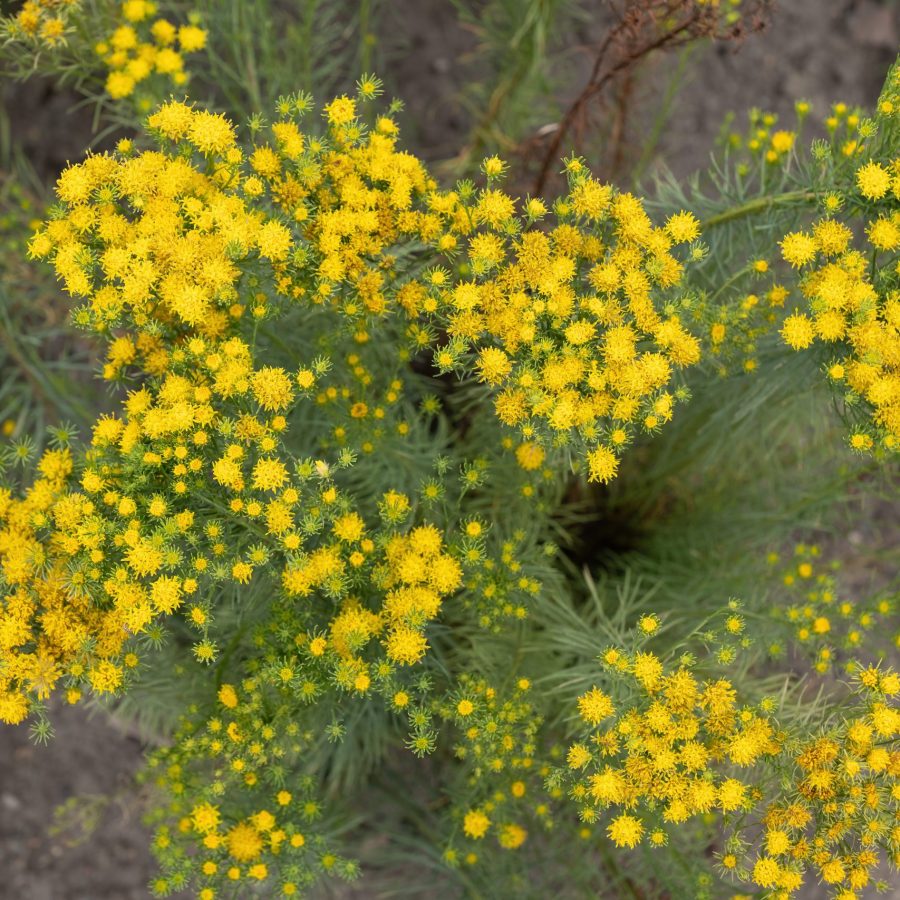
Galatella linosyris
<60 cm
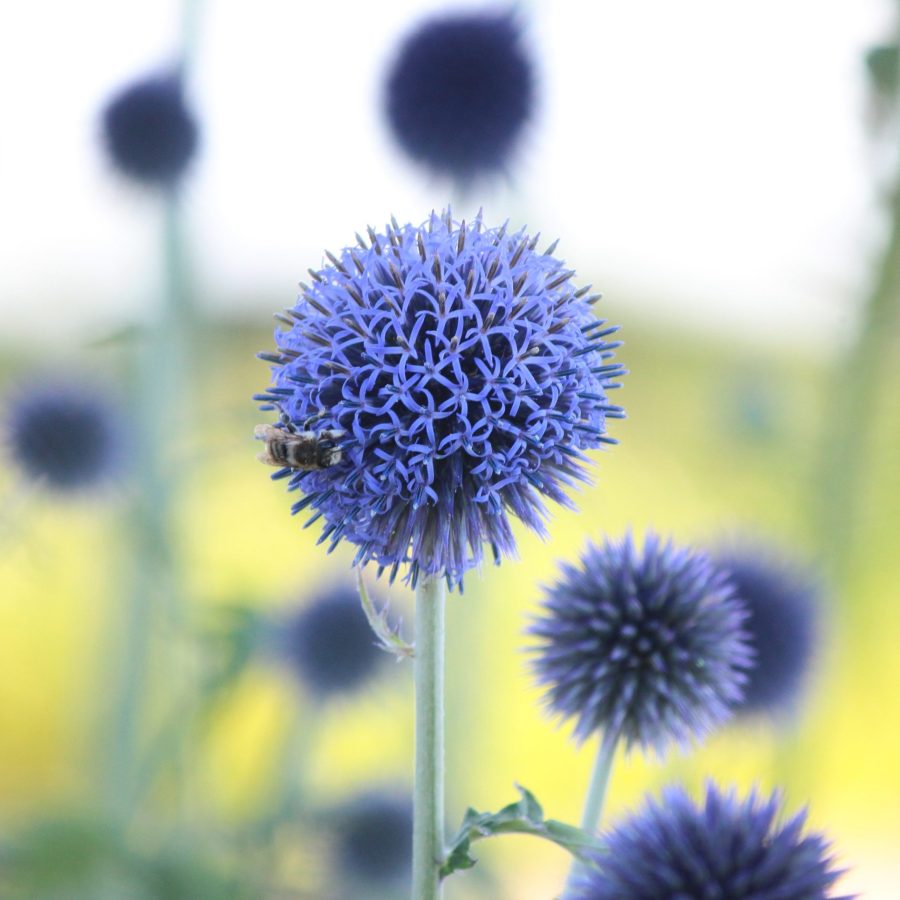
Lamium orvala
120 – 150 cm
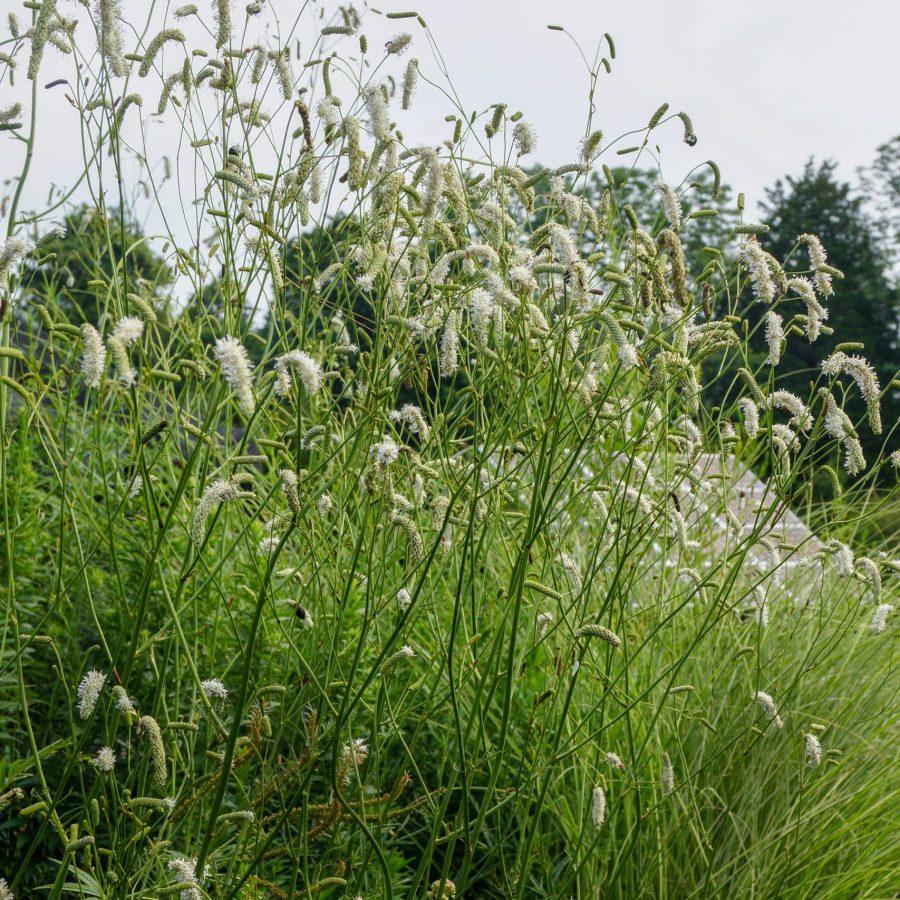
Sanguisorba obtusa
<100 cm
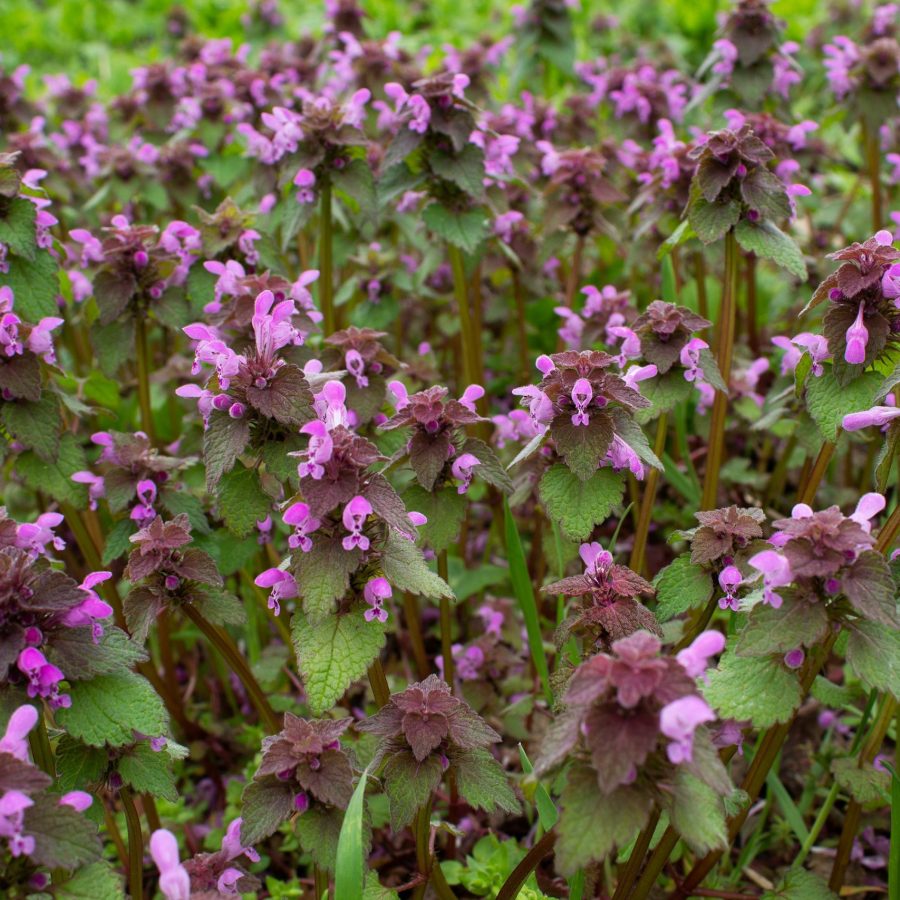
Lamium orvala
30 – 40 cm
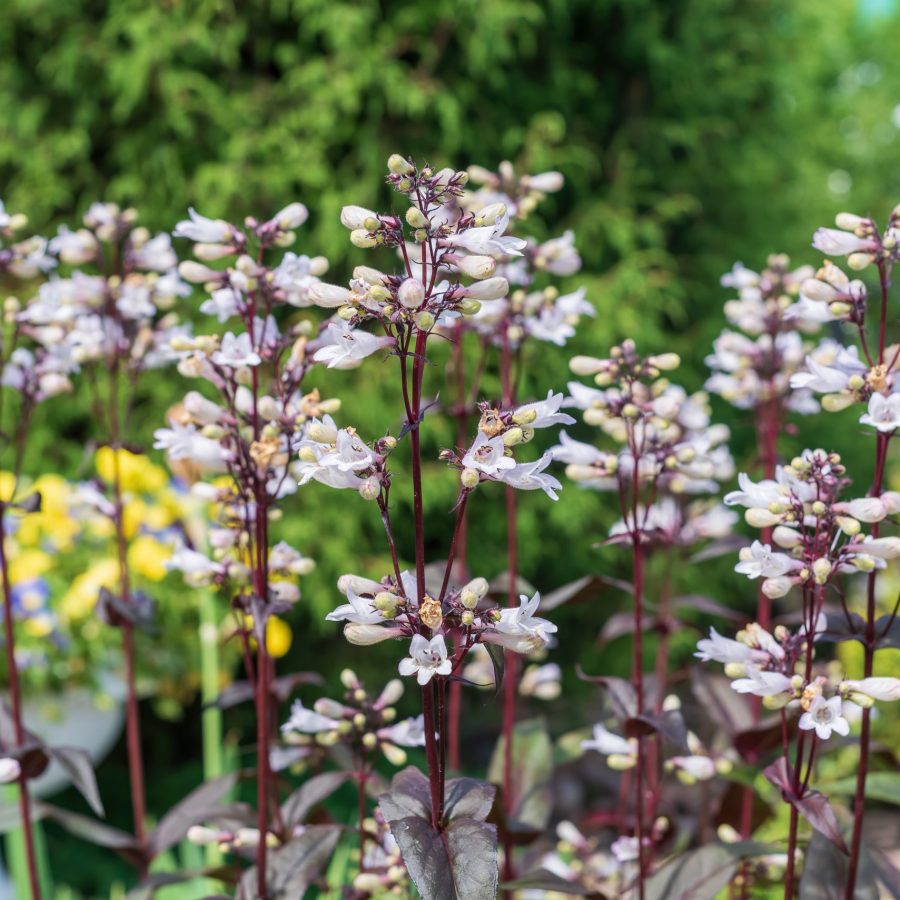
Penstemon digitalis
<100 cm
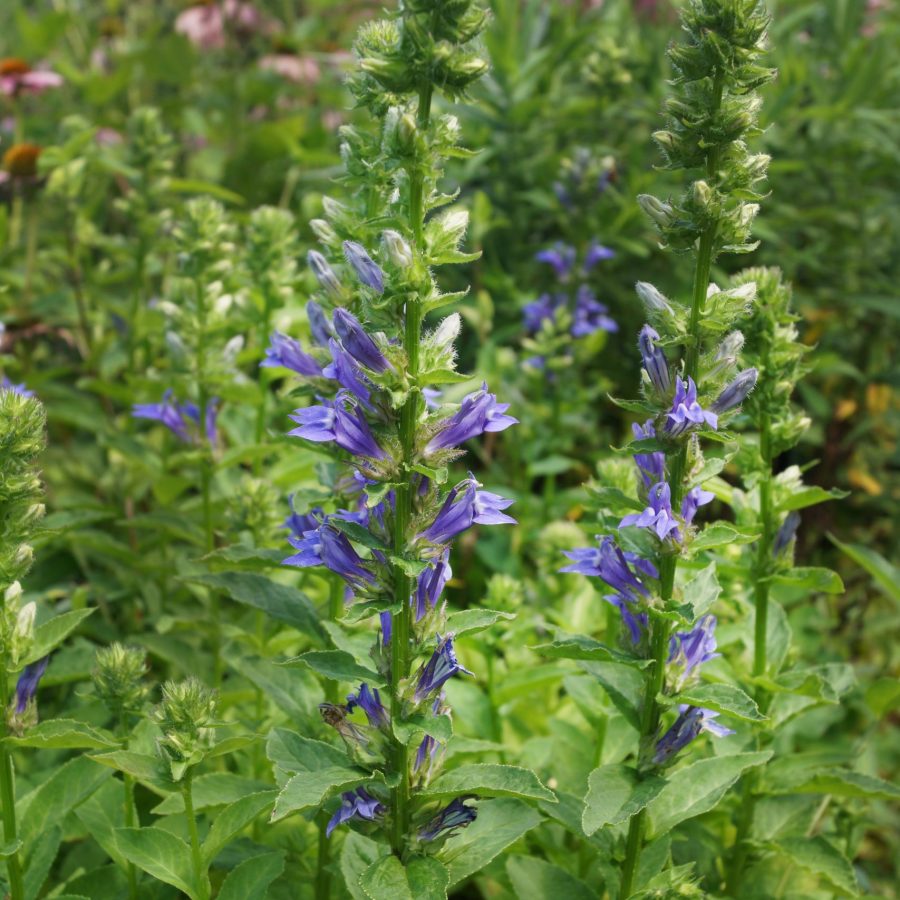
Lobelia siphilitica
60 – 80 cm
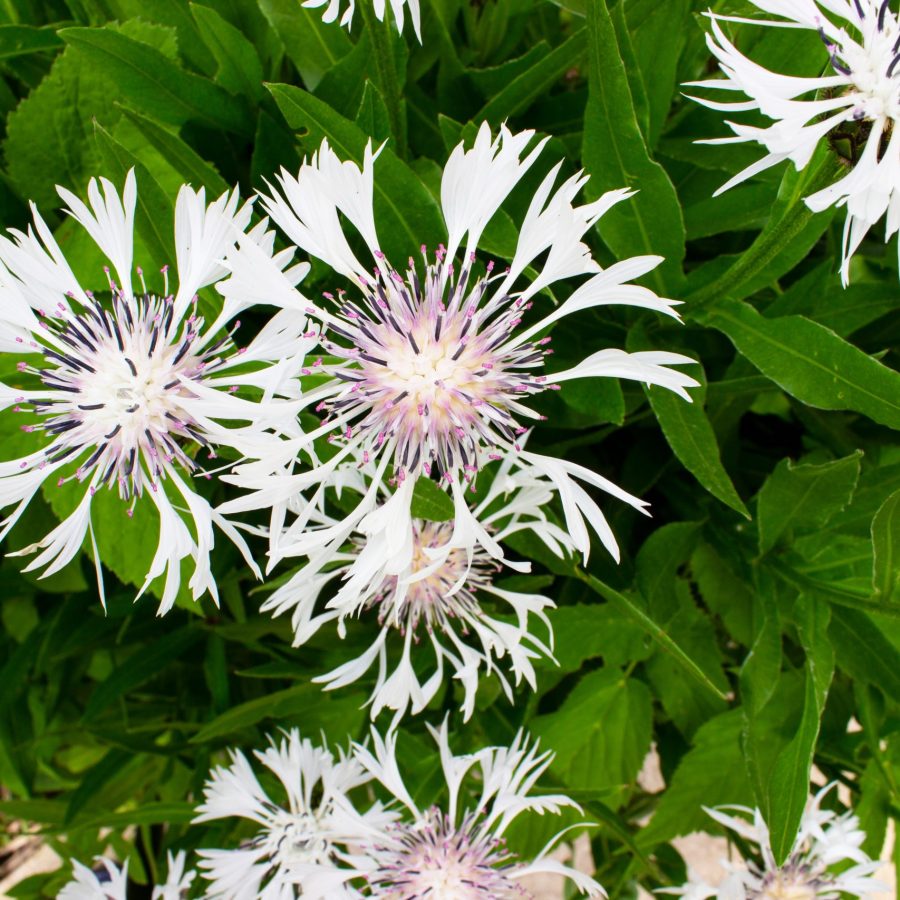
Centaurea montana
<60 cm
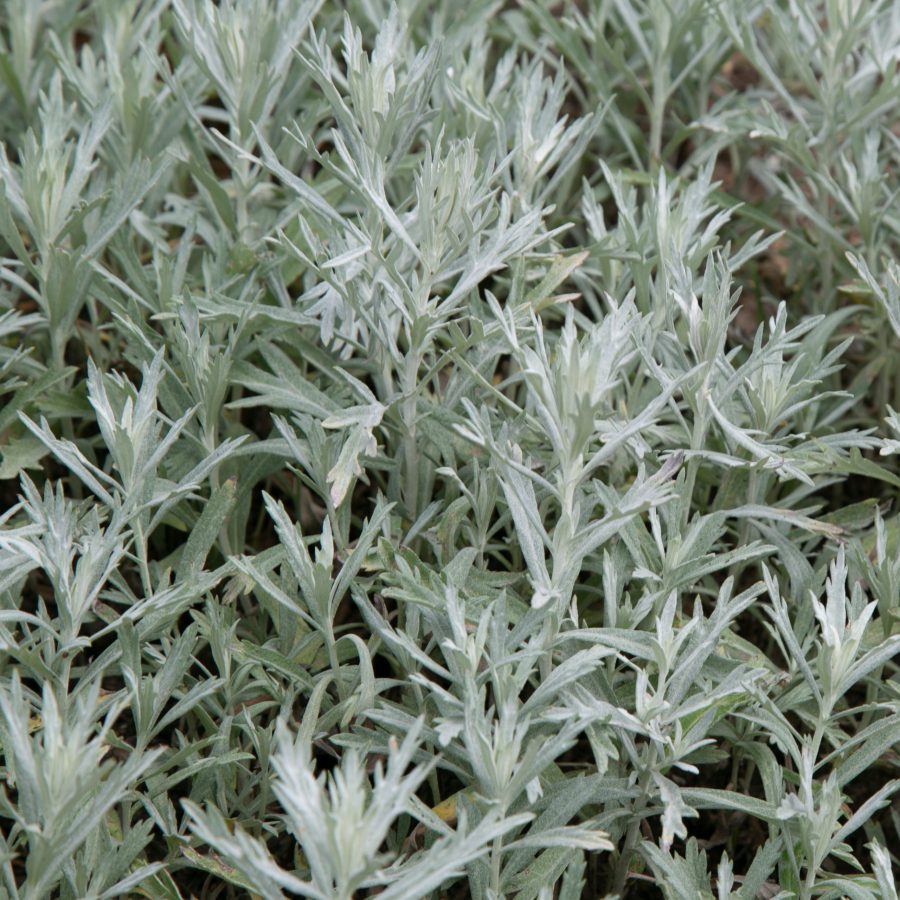
Artemisia ludoviciana
<100 m
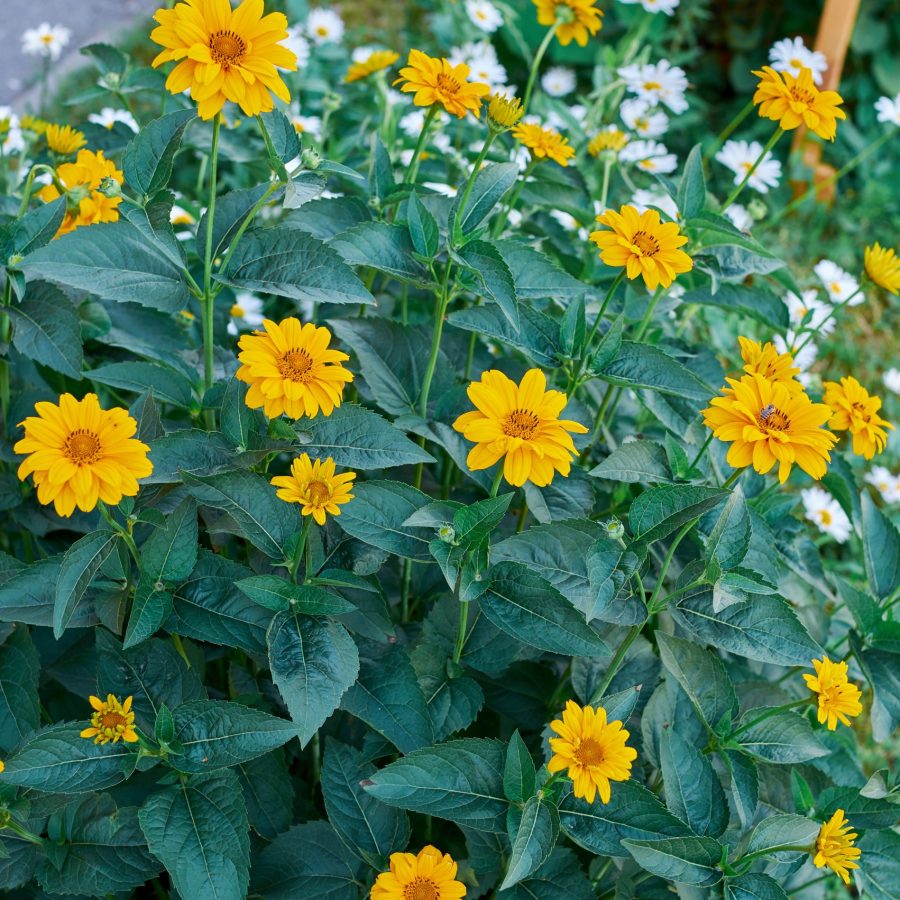
Heliopsis helianthoides
<120 cm
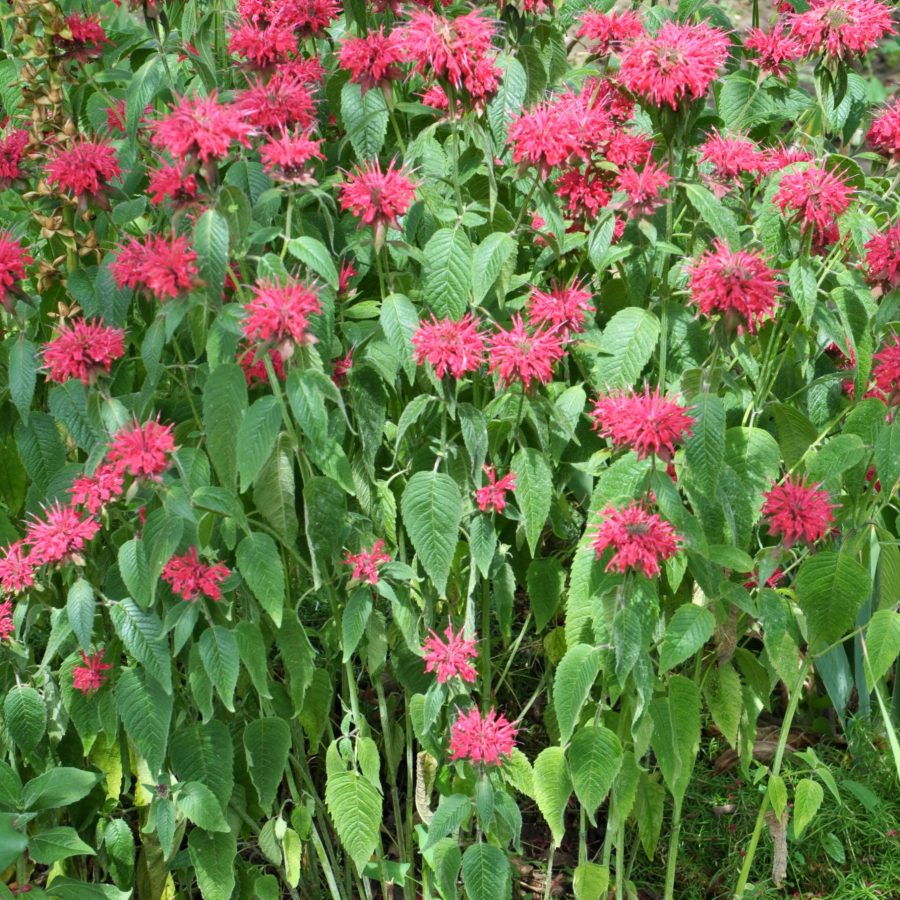
Monarda didyma
80 – 100 cm
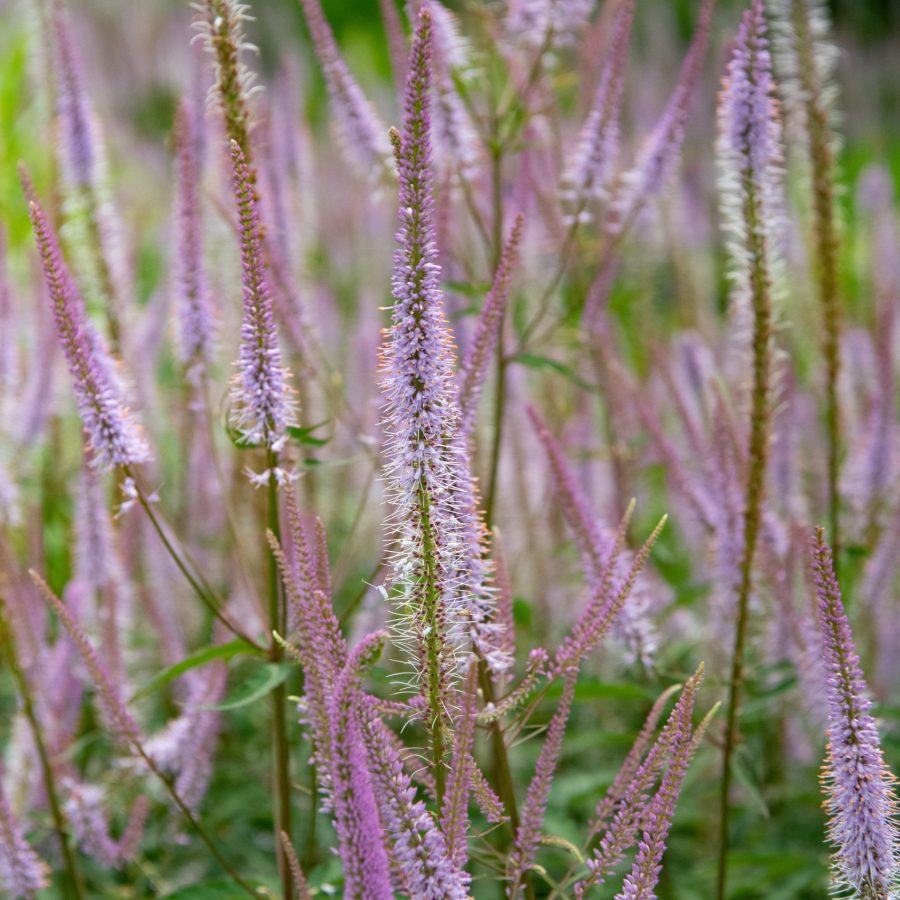
Veronicastrum virginicum
120 – 150 cm
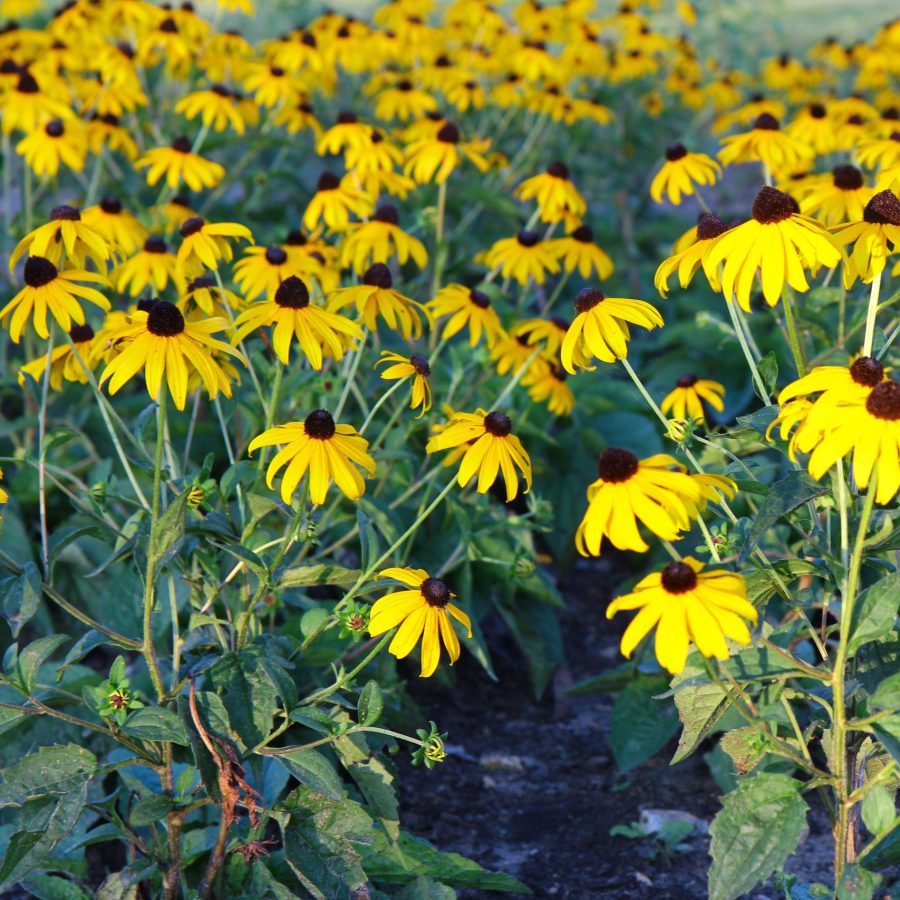
Rudbeckia fulgida
<110 m
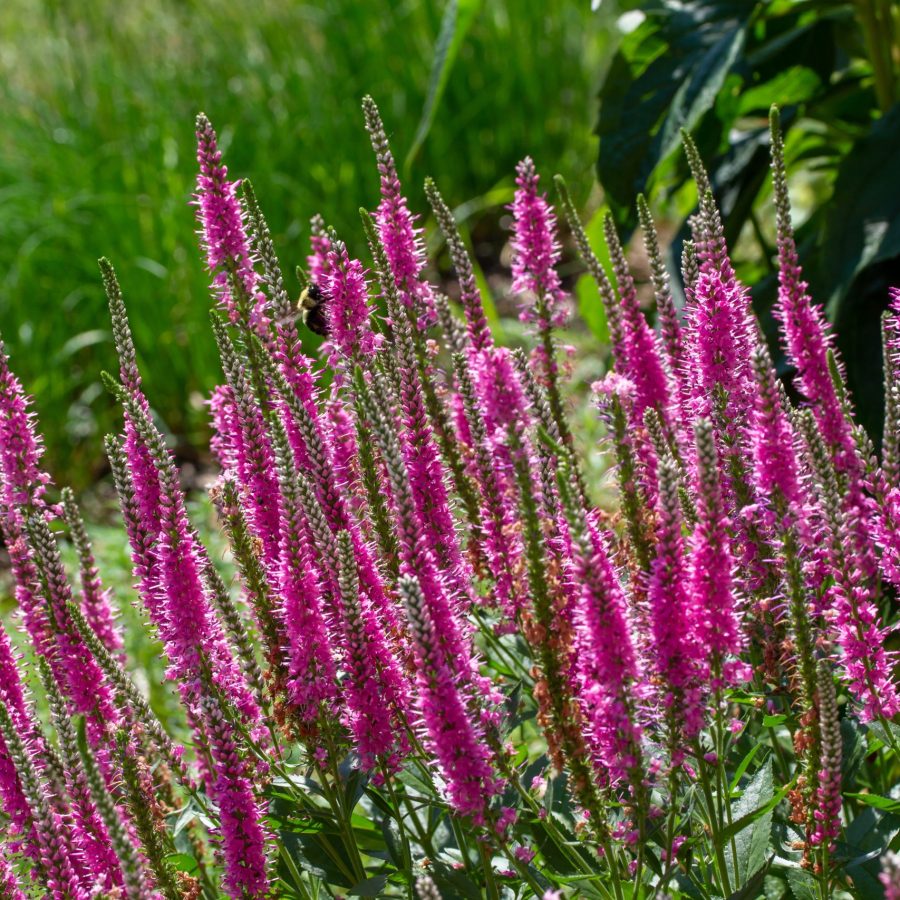
Veronicastrum virginicum
<180 cm
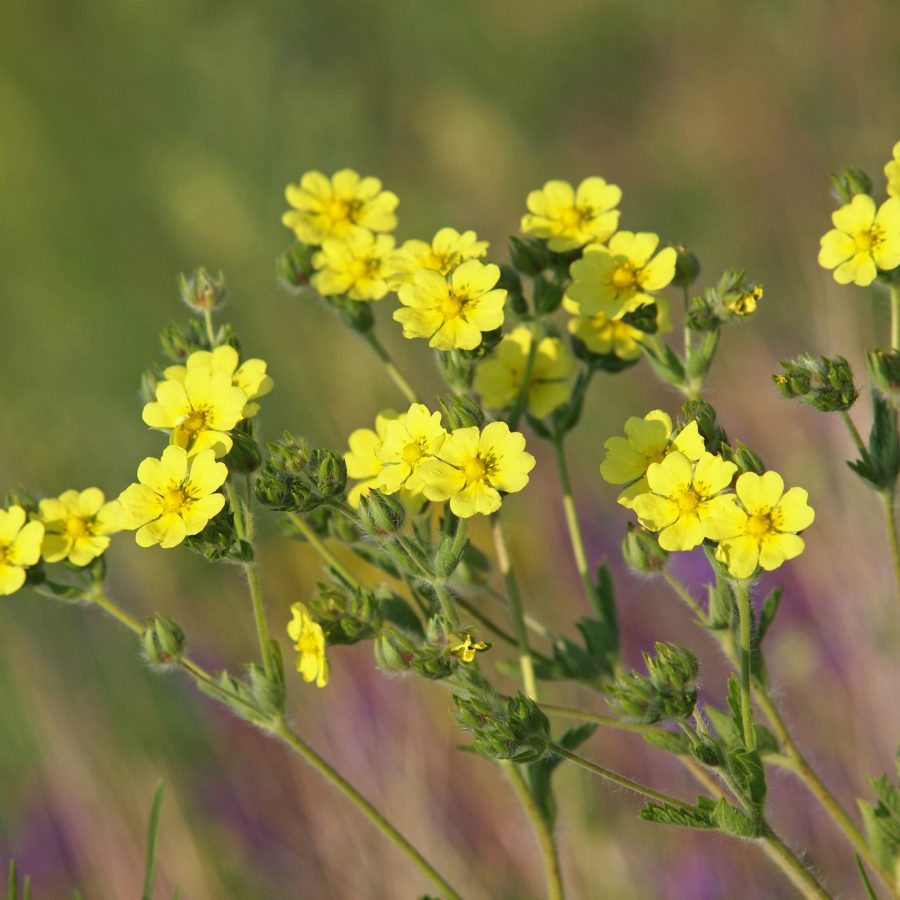
Potentilla recta
40 – 60 m
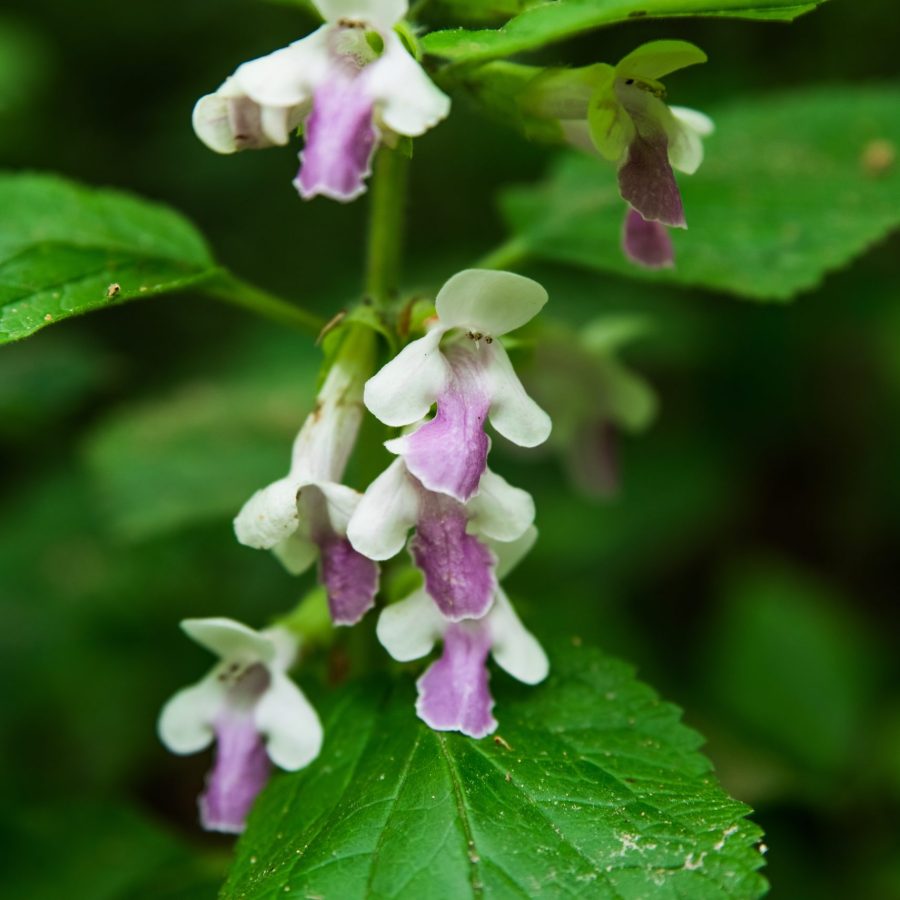
Melittis mellisophyllum
60 cm
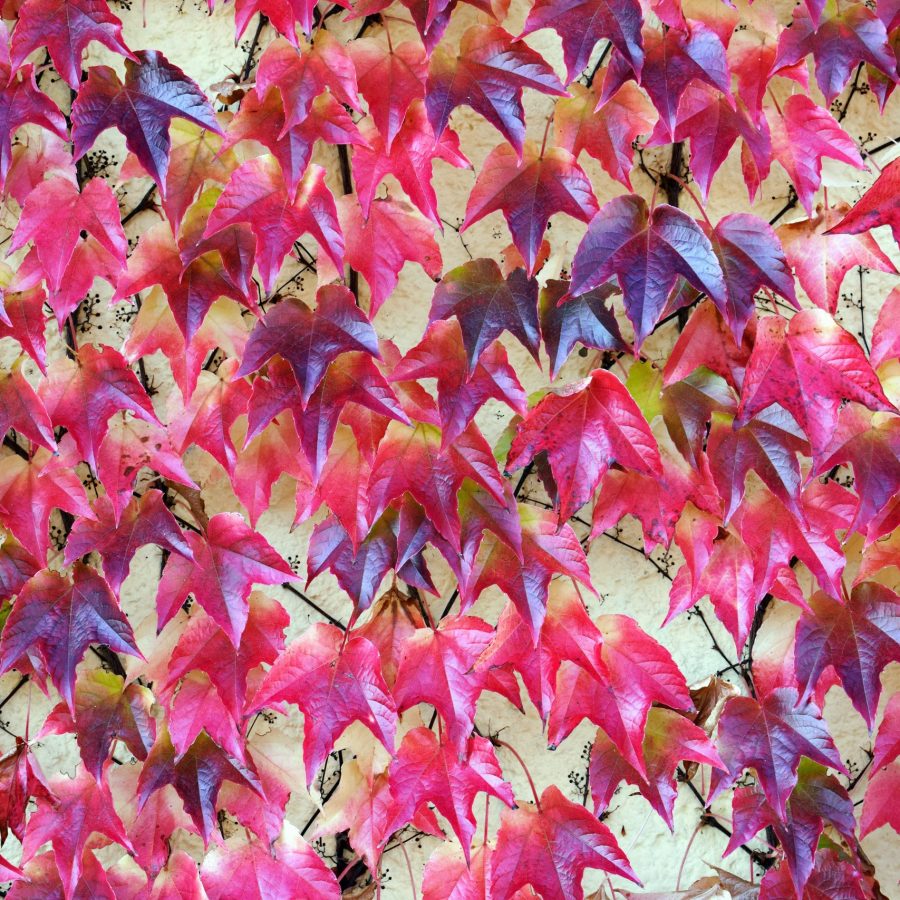
Parthenocissus tricuspidata
<20 m
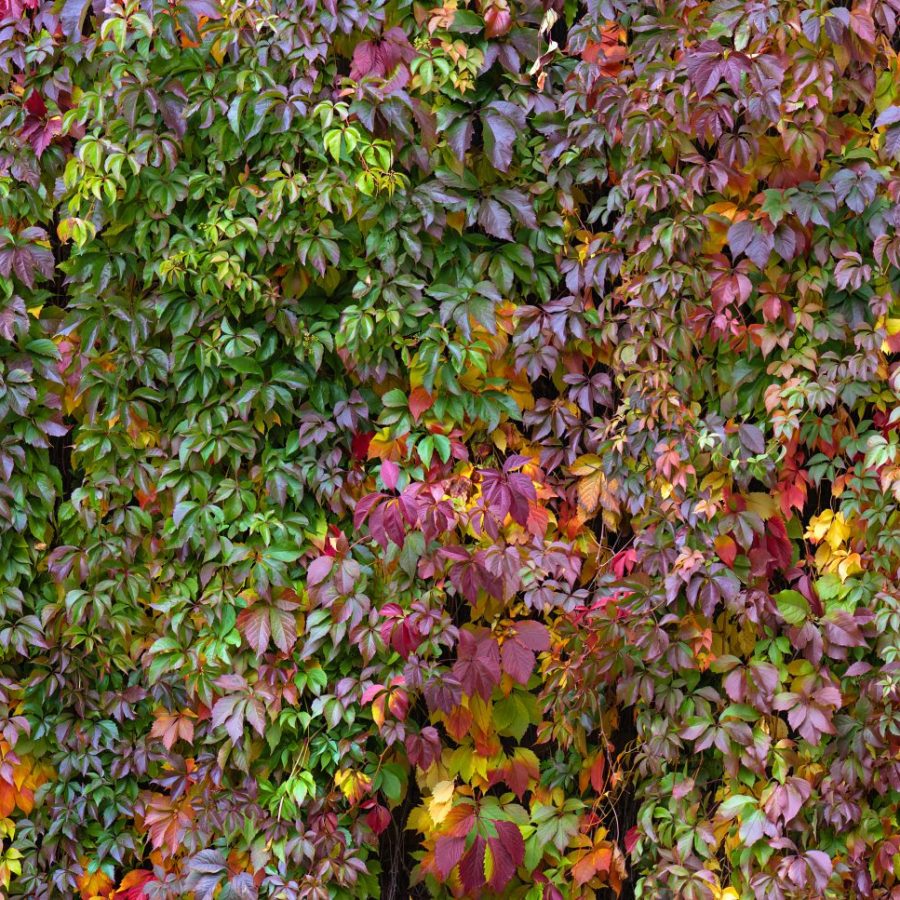
Parthenocissus quinquefolia
<20 m
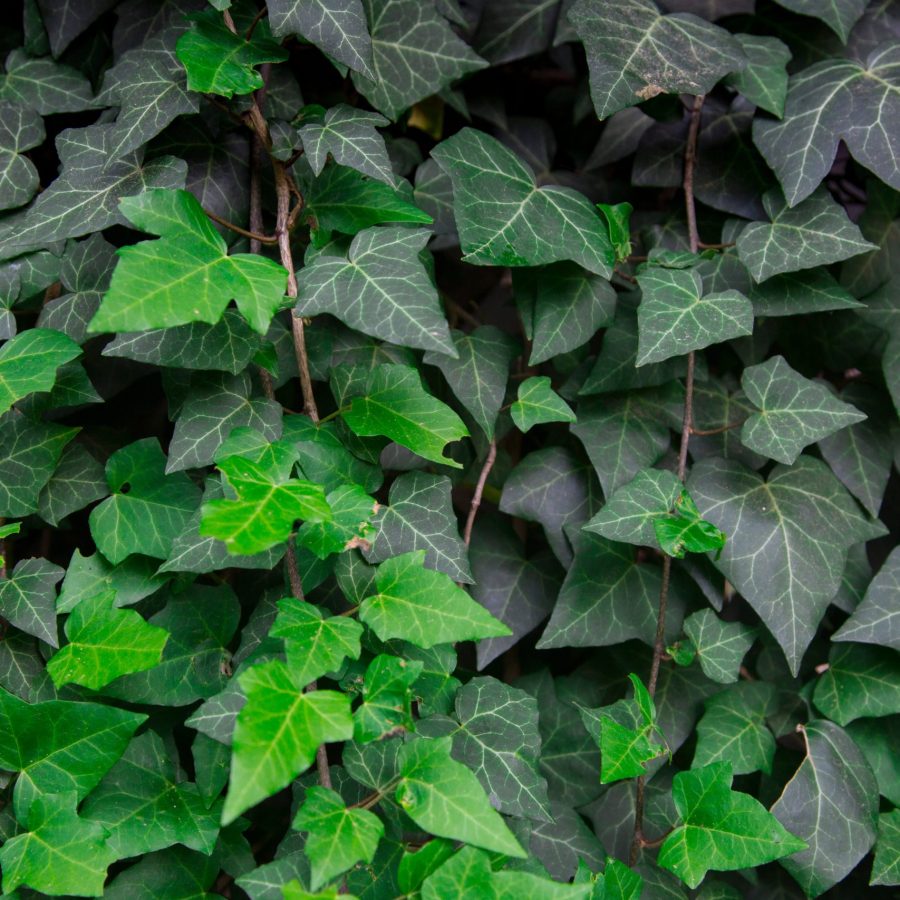
Hedera helix
<25 m
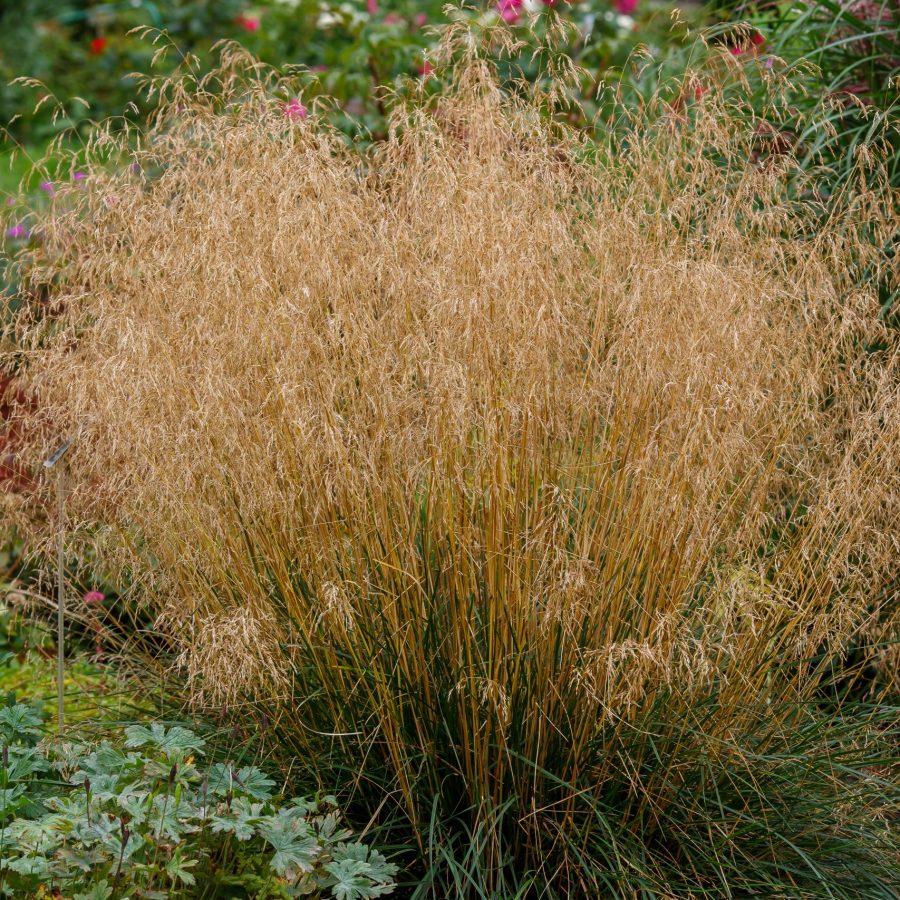
Deschampsia ceaspitosa
<150 cm
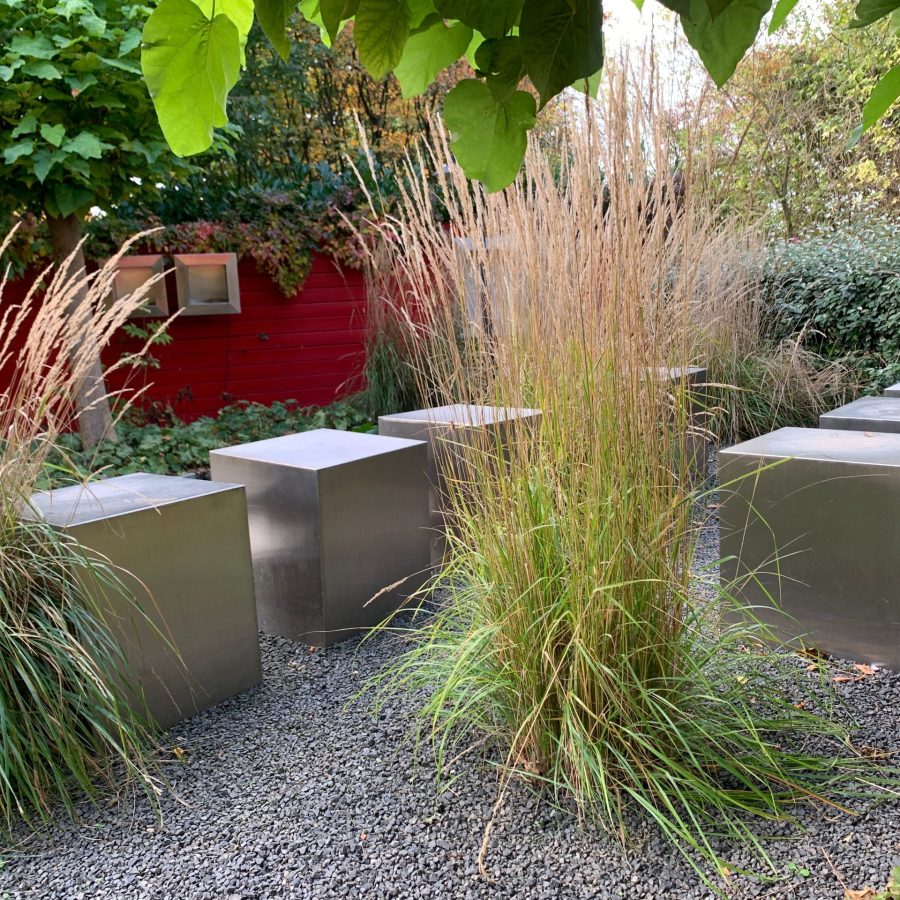
Calamagrostis acuitflora
100 – 160 cm
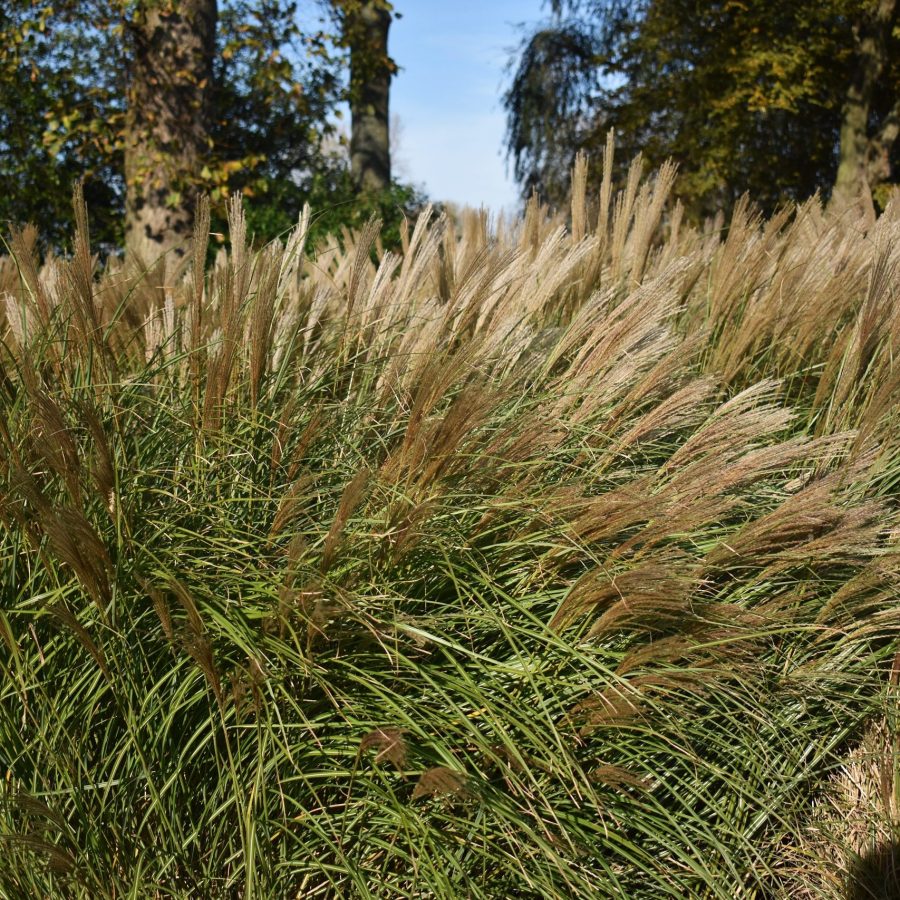
Miscanthus sinensis
180 – 220 cm
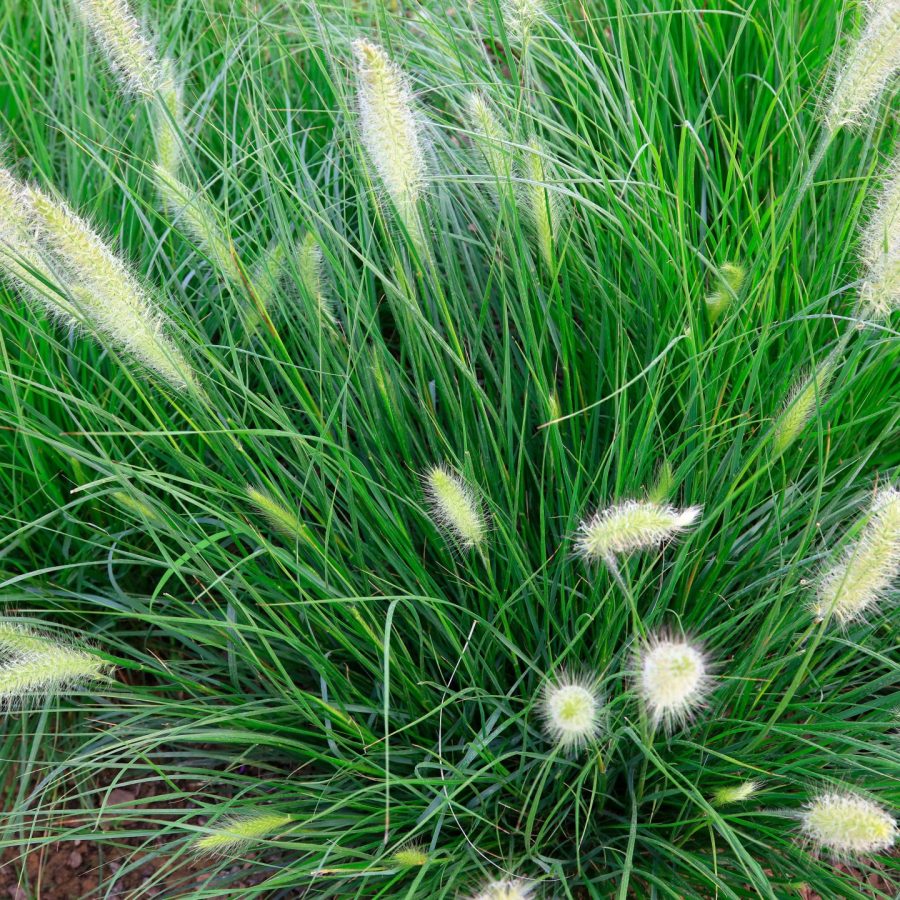
Pennisetum alopecuroide
100 – 120 cm
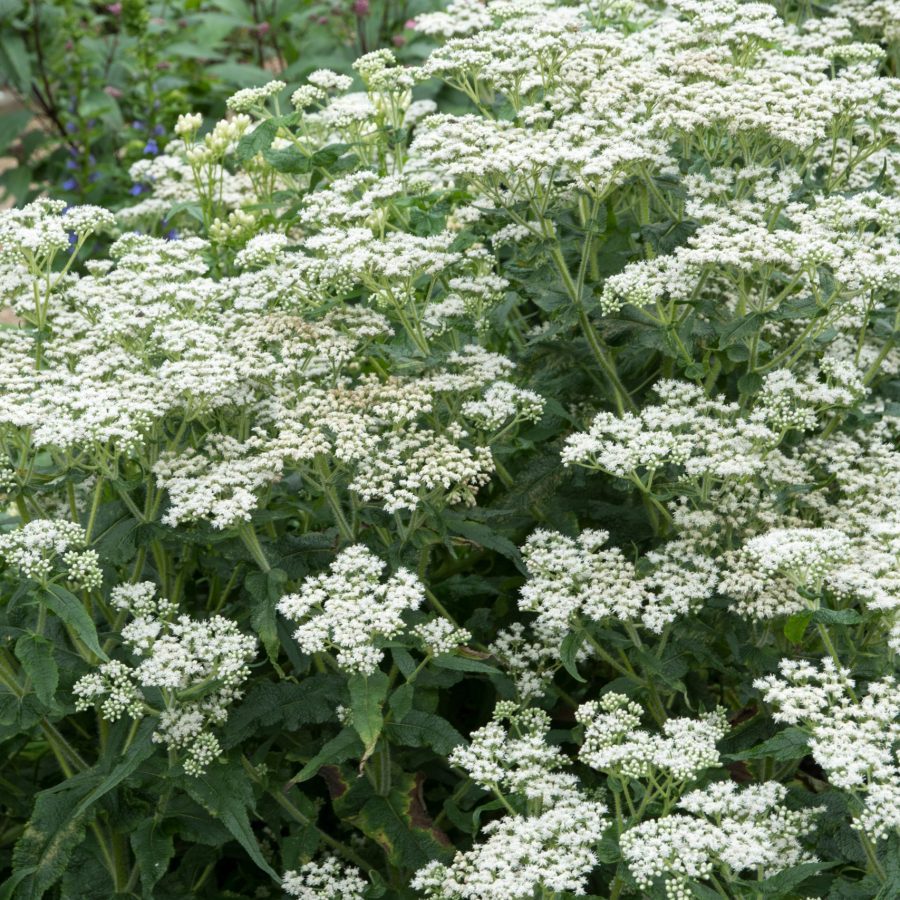
Eupatorium perfoliatum
100 – 150 cm
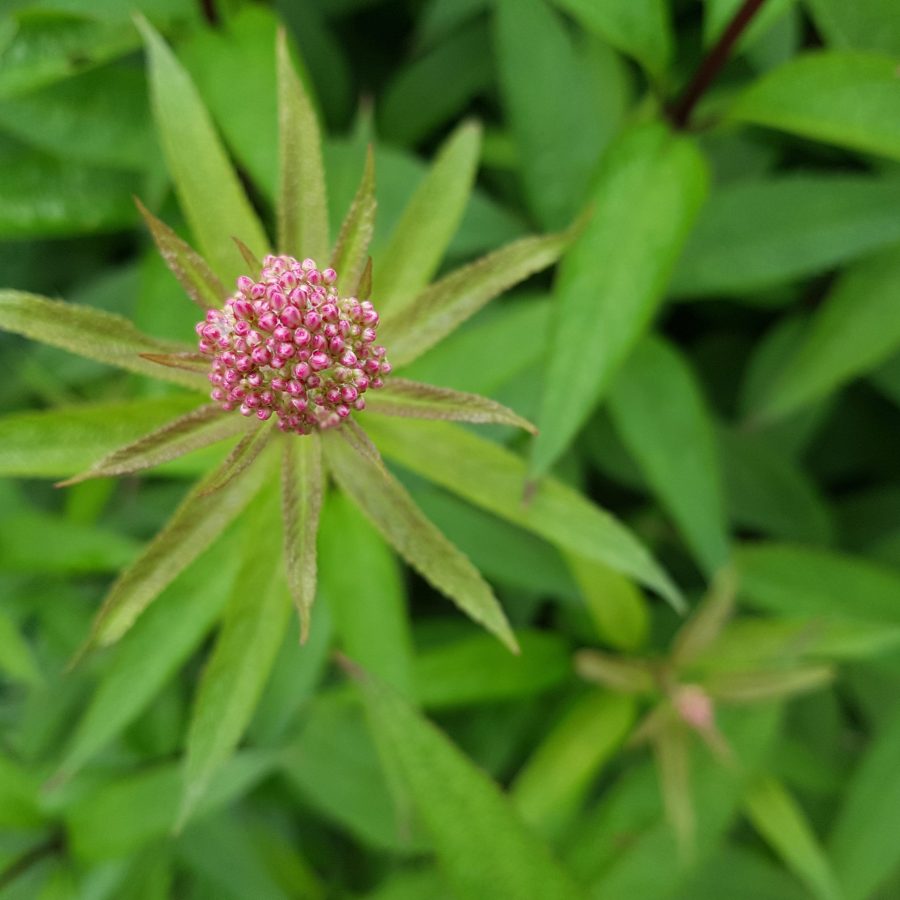
Asclepias incarnata
< 150 cm
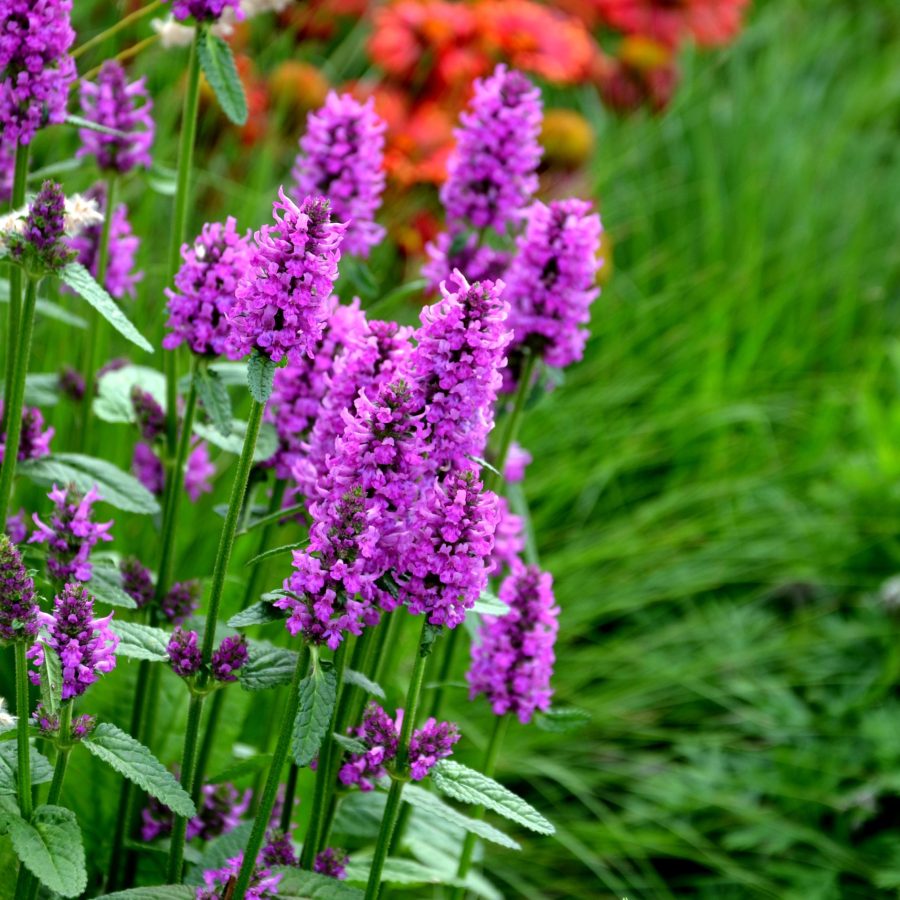
Stachys macrantha
50 – 60 cm

Eupatorium fistulosum
150 – 180 cm
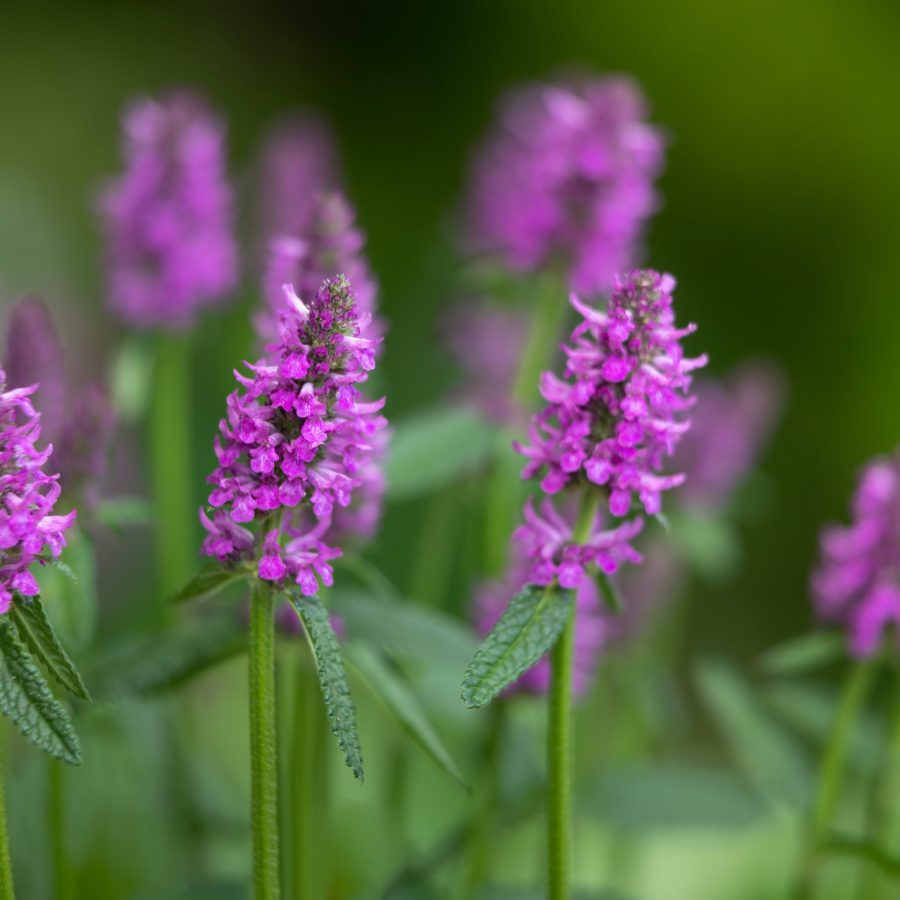
Stachys monieri
40 – 50 cm
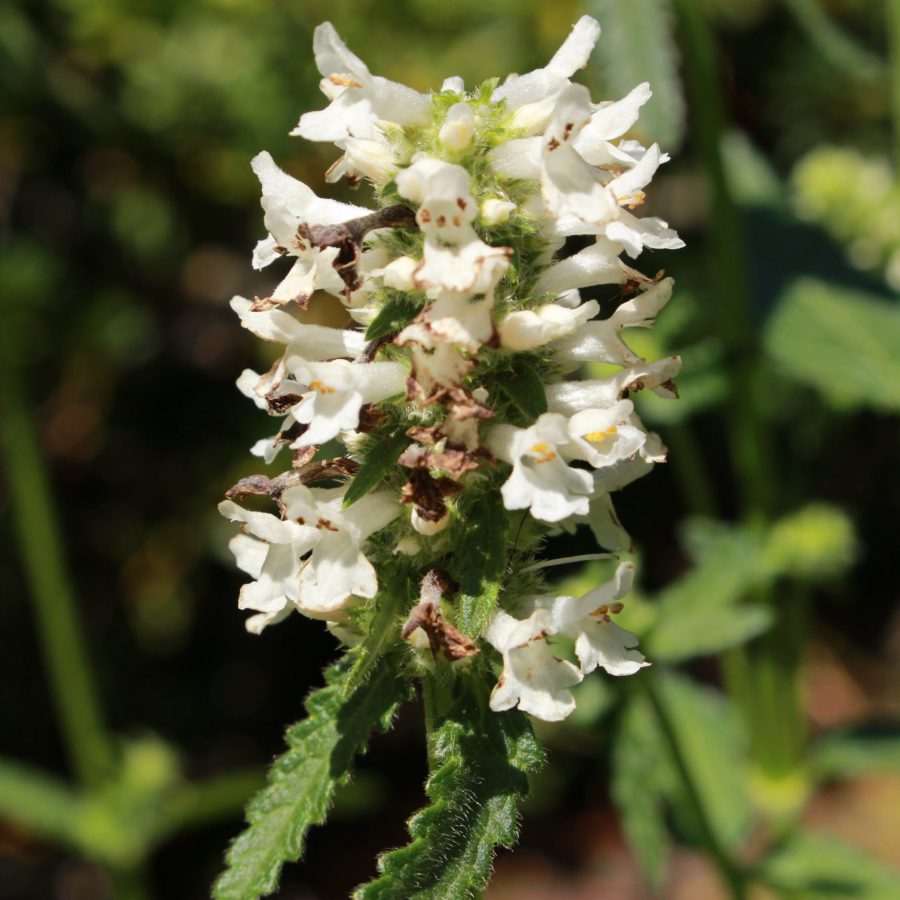
Stachys officinalis
40 – 60 cm
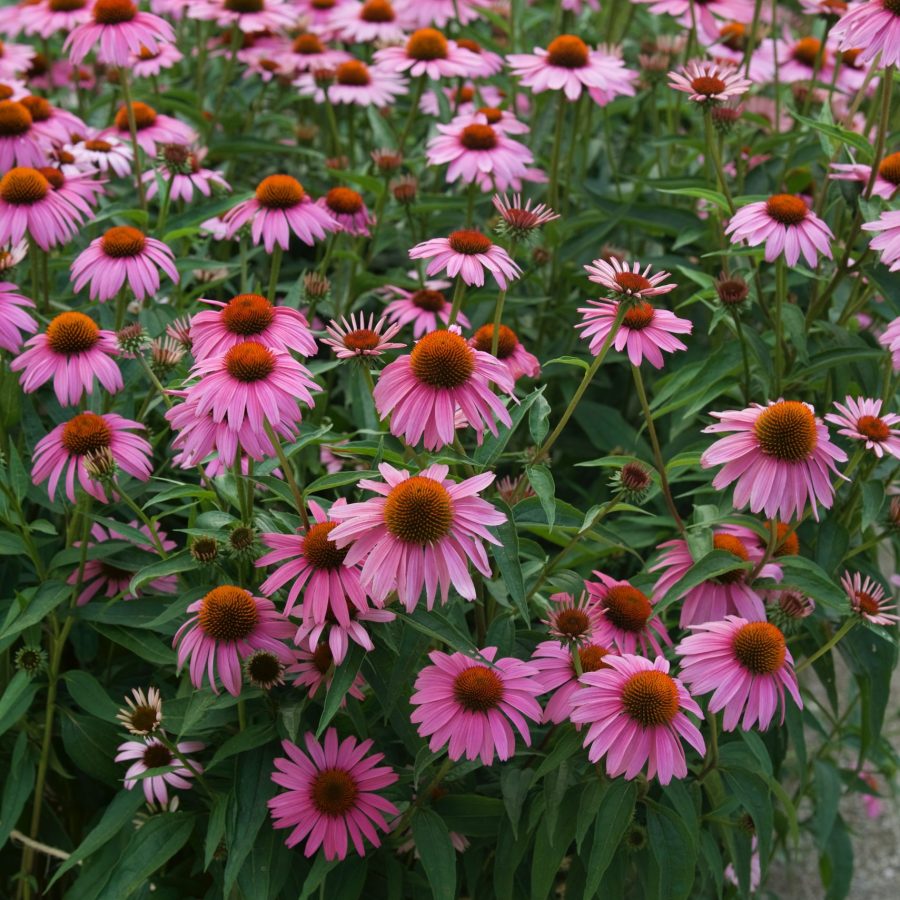
Echinacea purpurea
60 – 80 cm
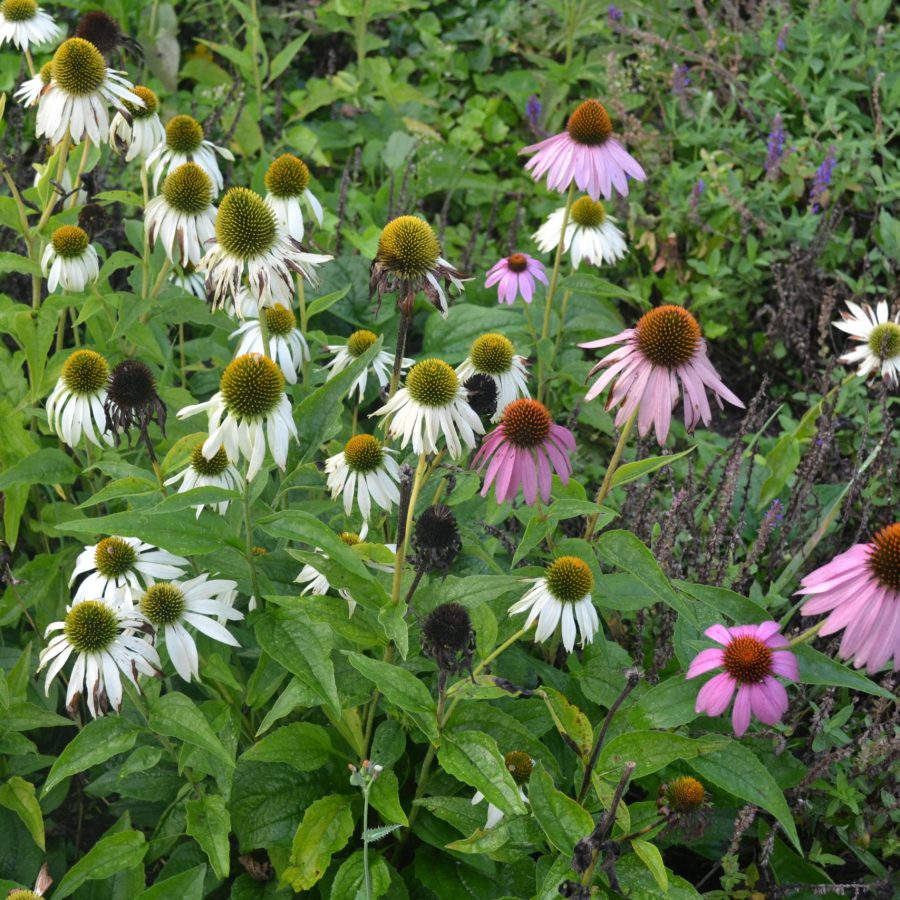
Echinacea purpurea
70 – 90 cm
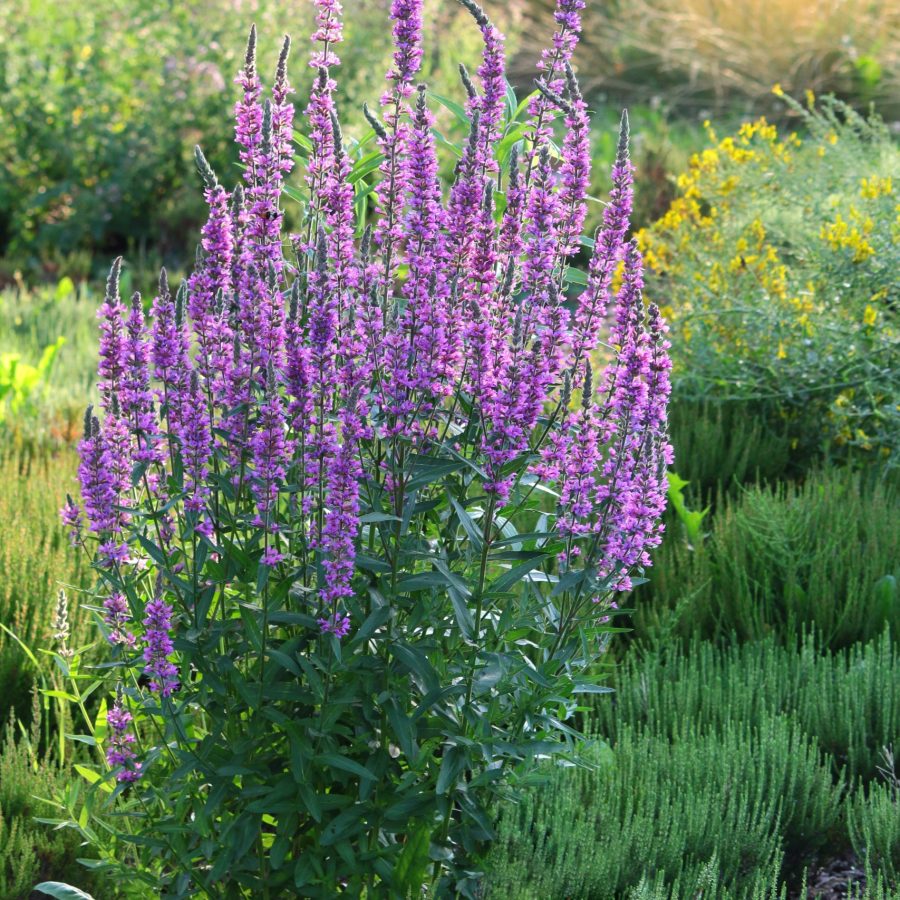
Lythrum salicaria
<120 cm
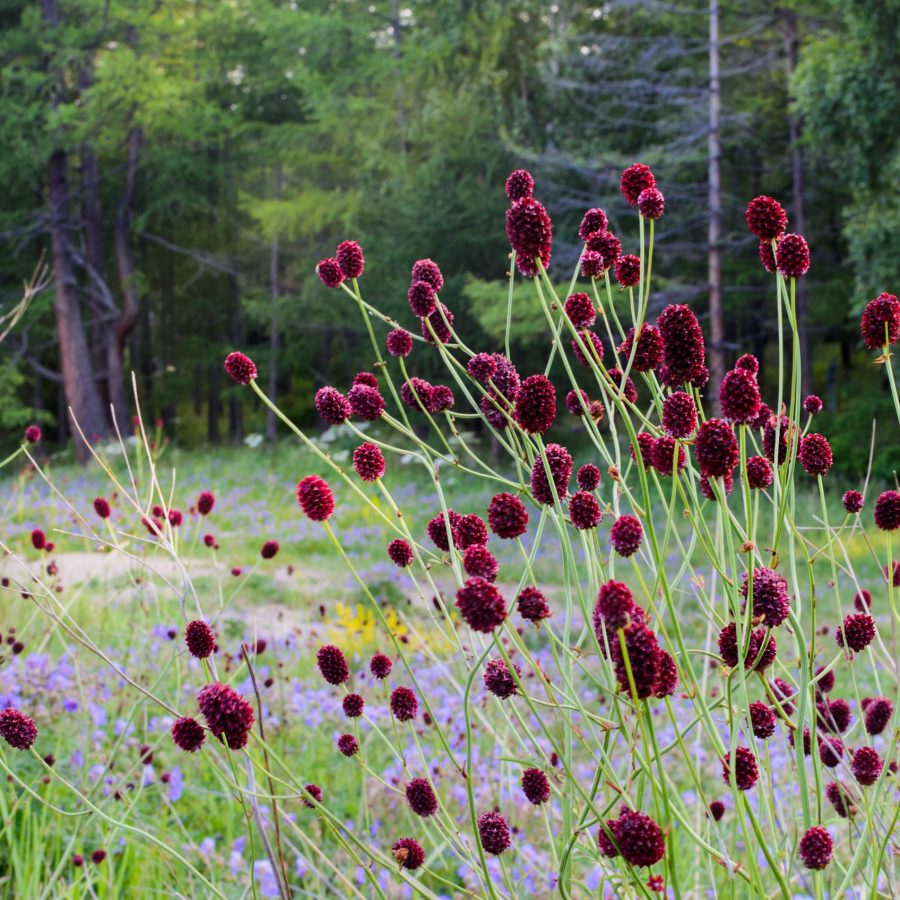
Echinacea purpurea
<100 cm
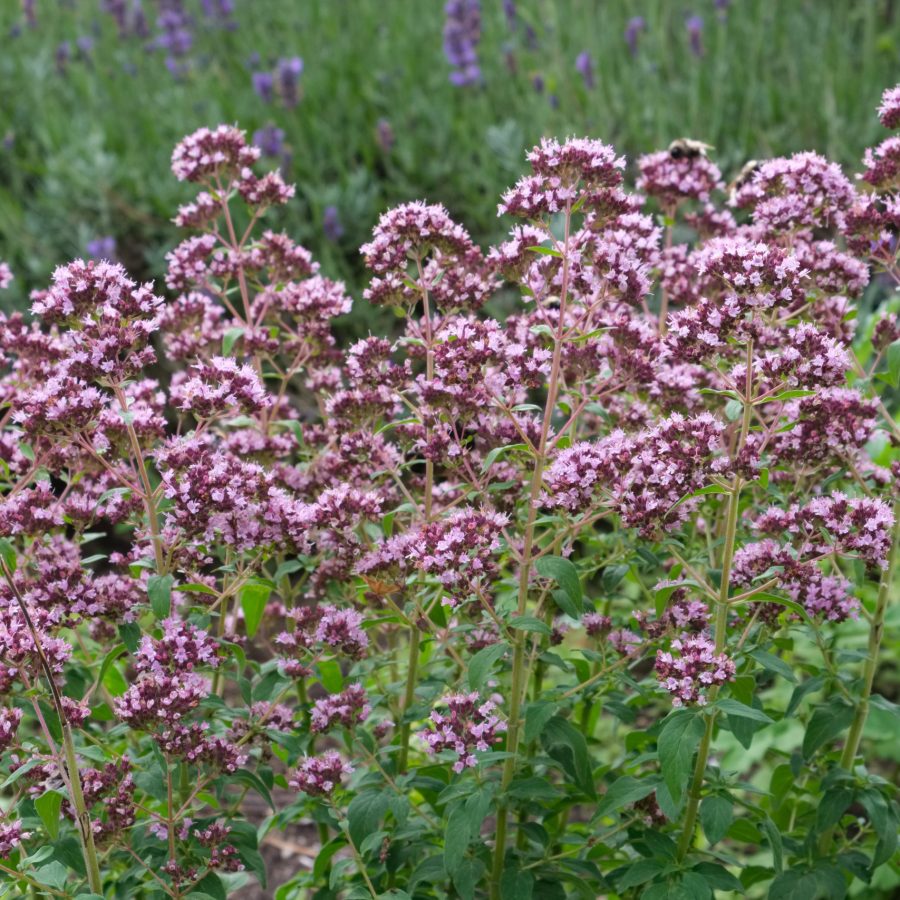
Origanum rotundifolium
40 – 60 cm
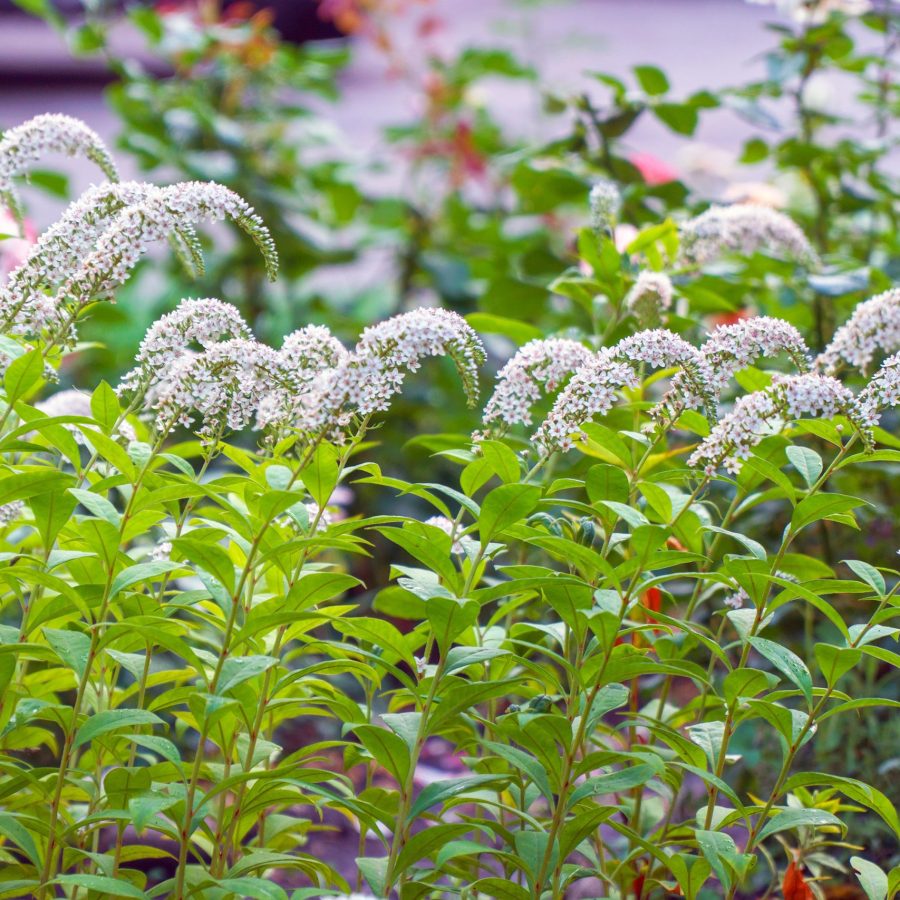
Lysimachia clethroides
30 – 50 cm
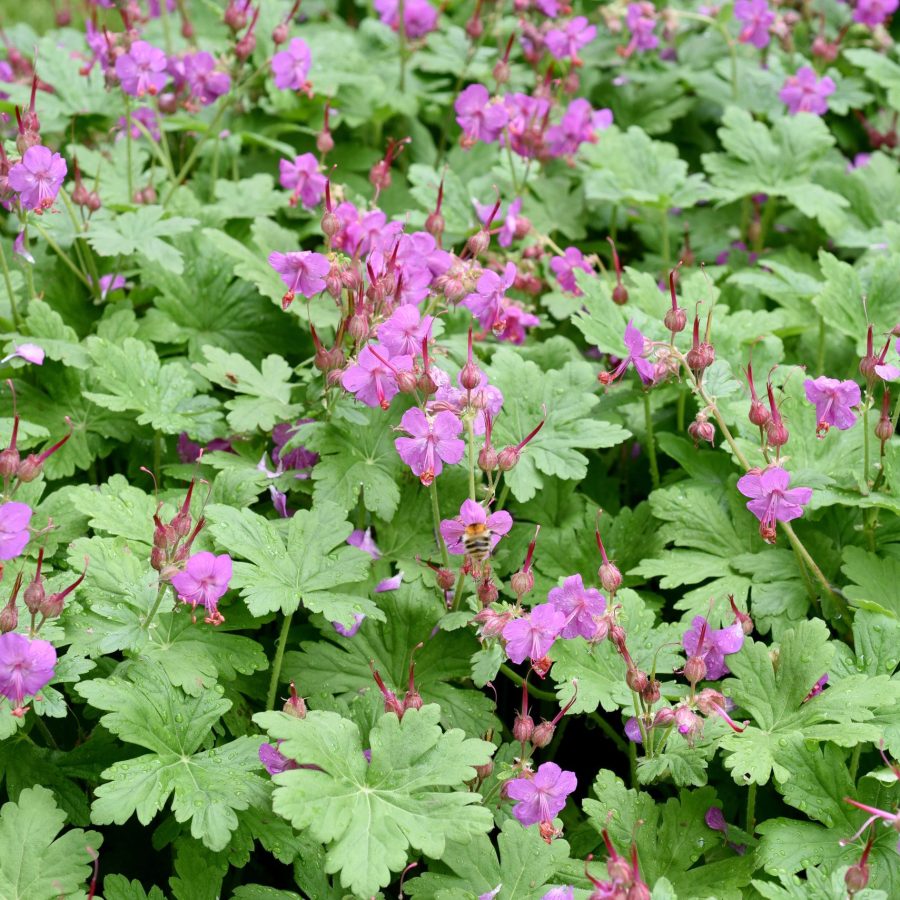
Geranium macrorrhizum
<30 cm
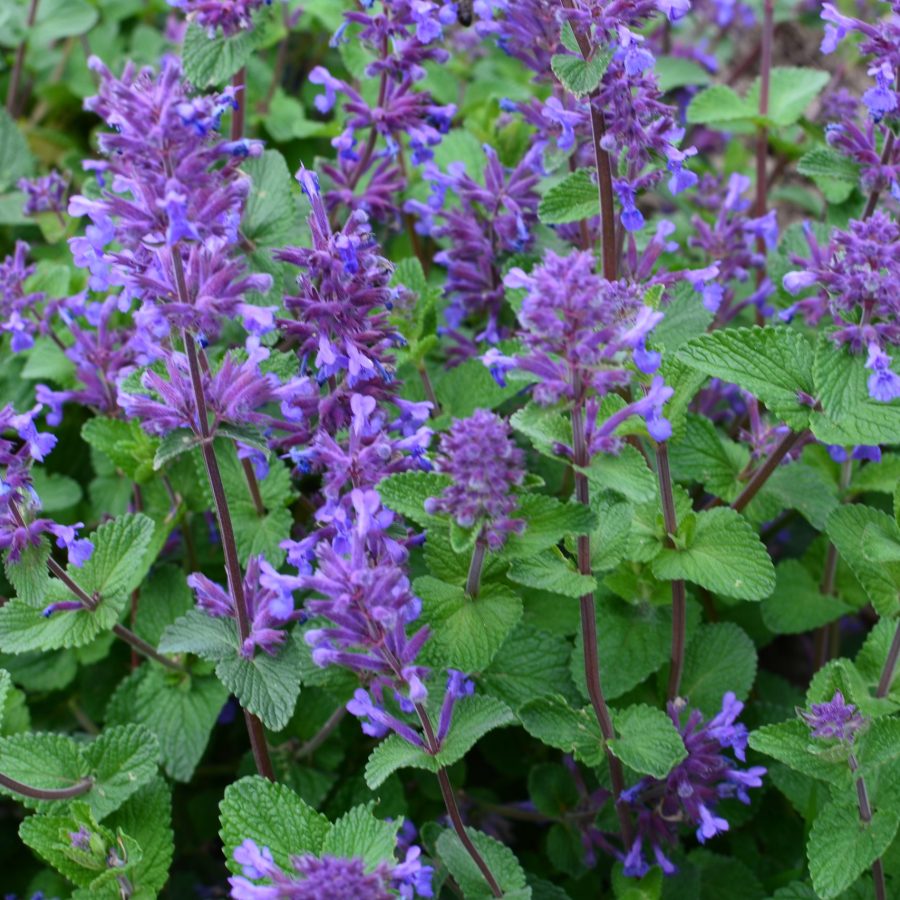
Nepeta grandiflora
60 – 80 cm
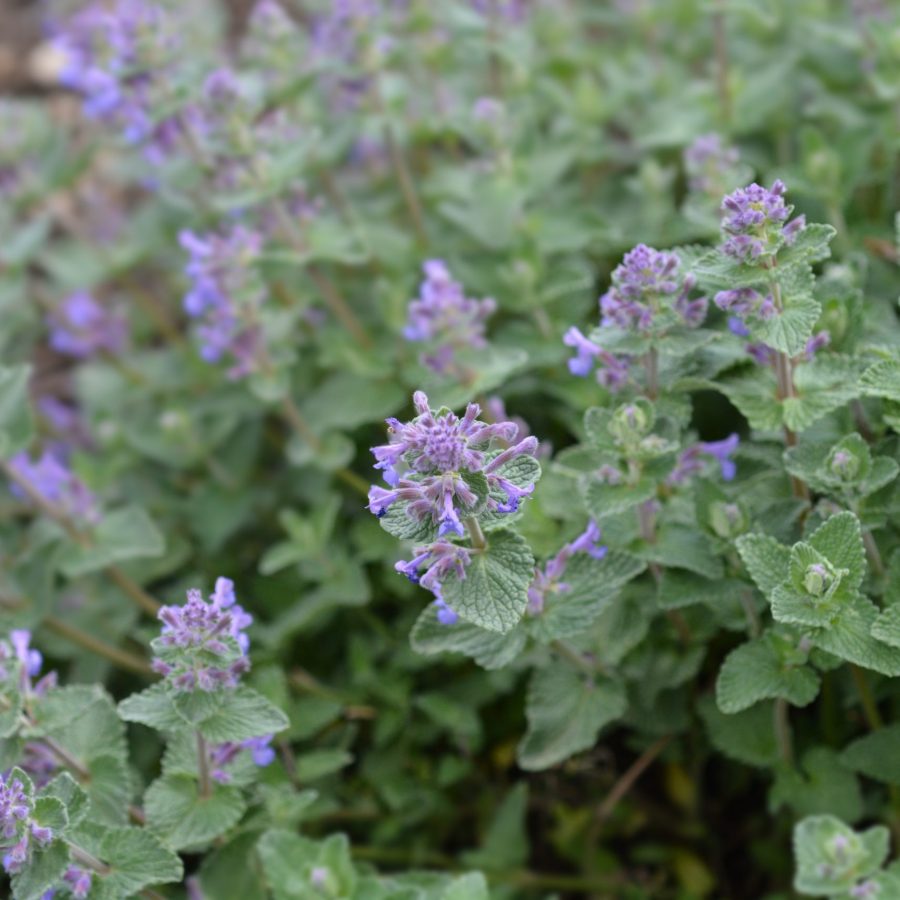
Nepeta longipes
60 – 100 cm
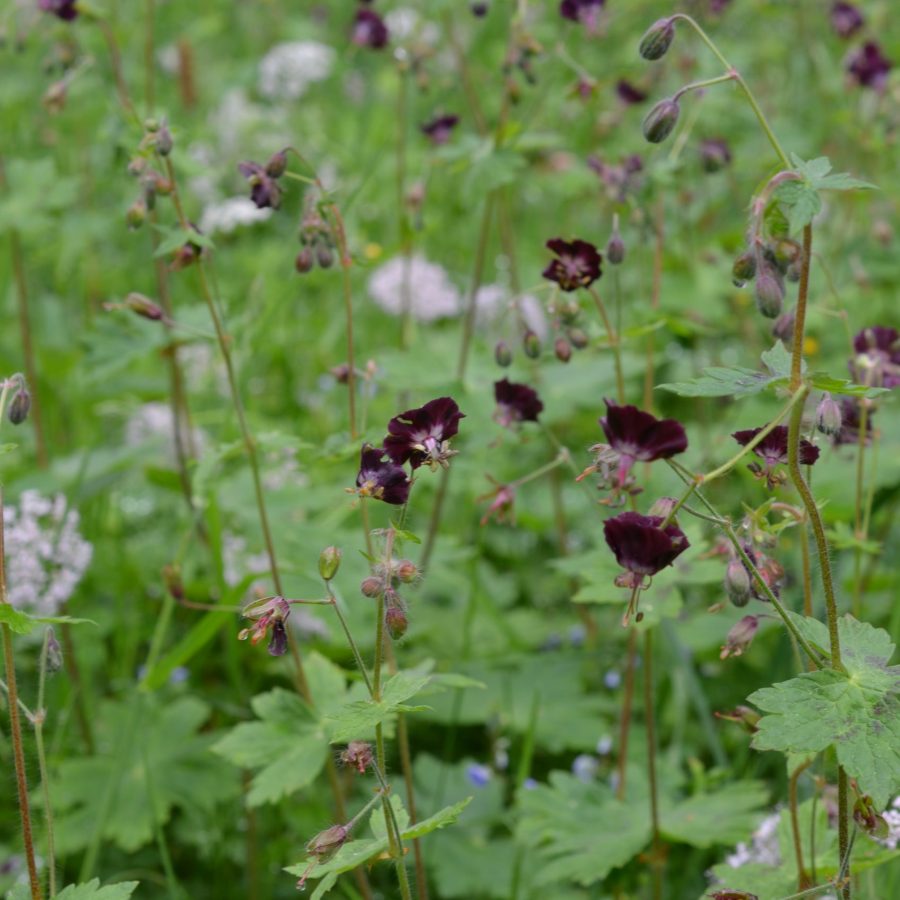
Geranium phaeum
<60 cm
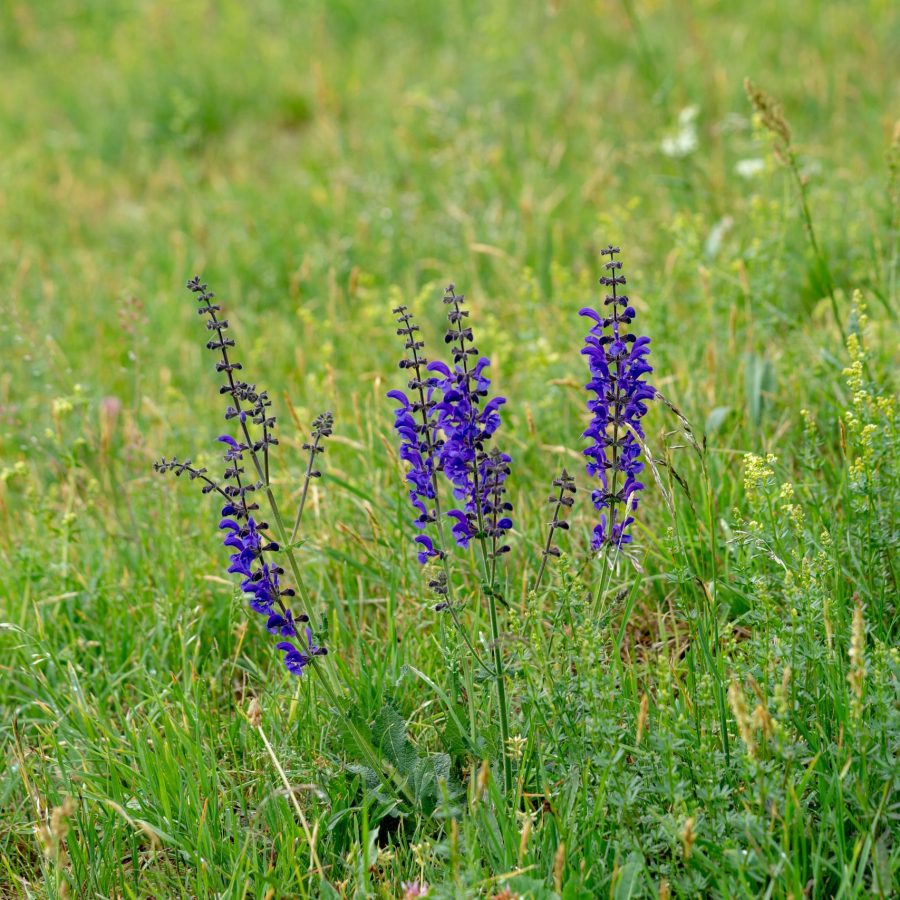
Salvia pratense
60 – 80 cm
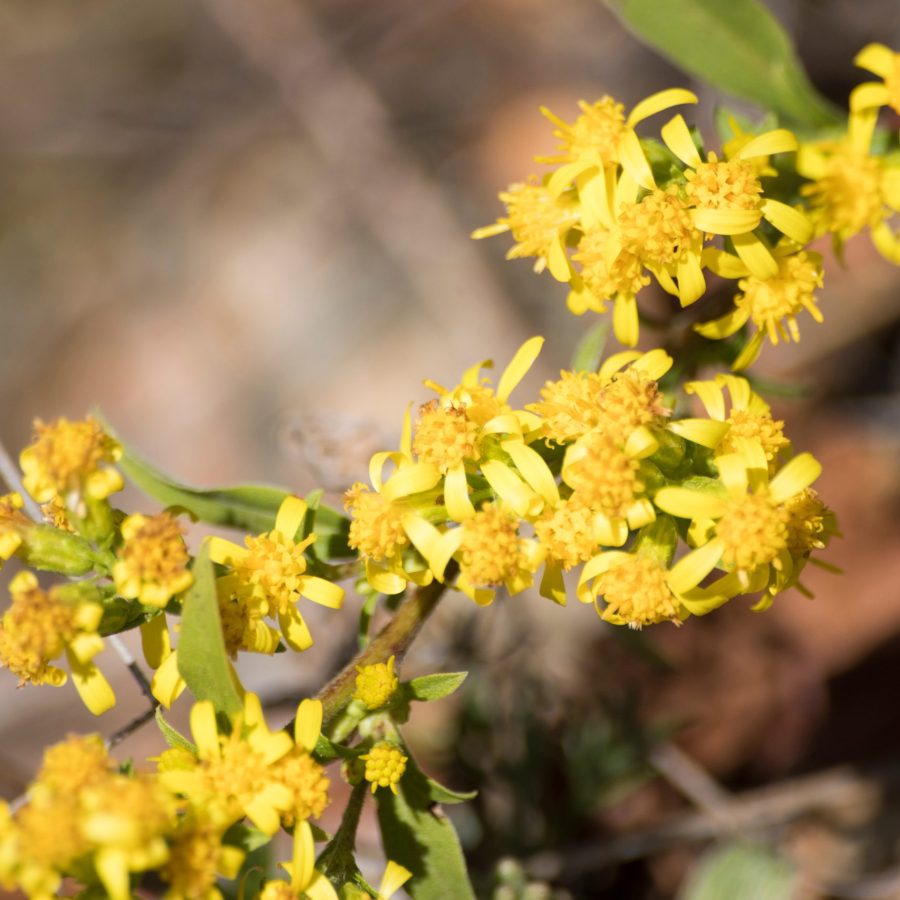
Solidago caesia
<100 cm
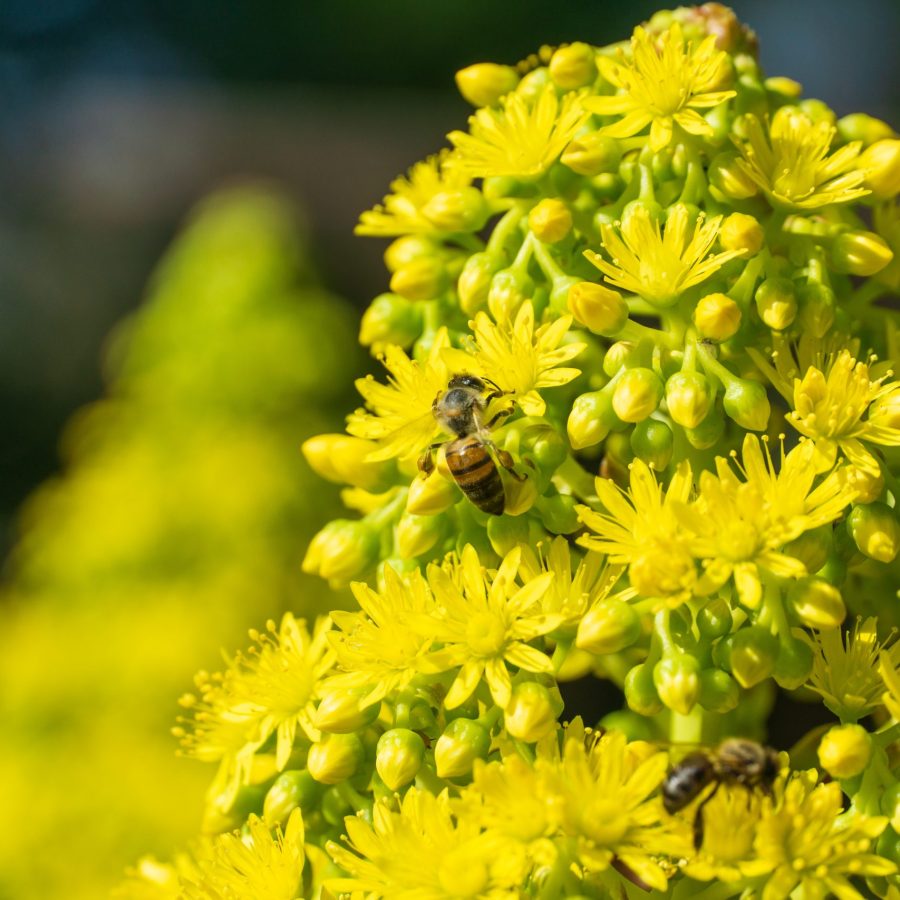
Solidago x hybrida
30 – 50 cm
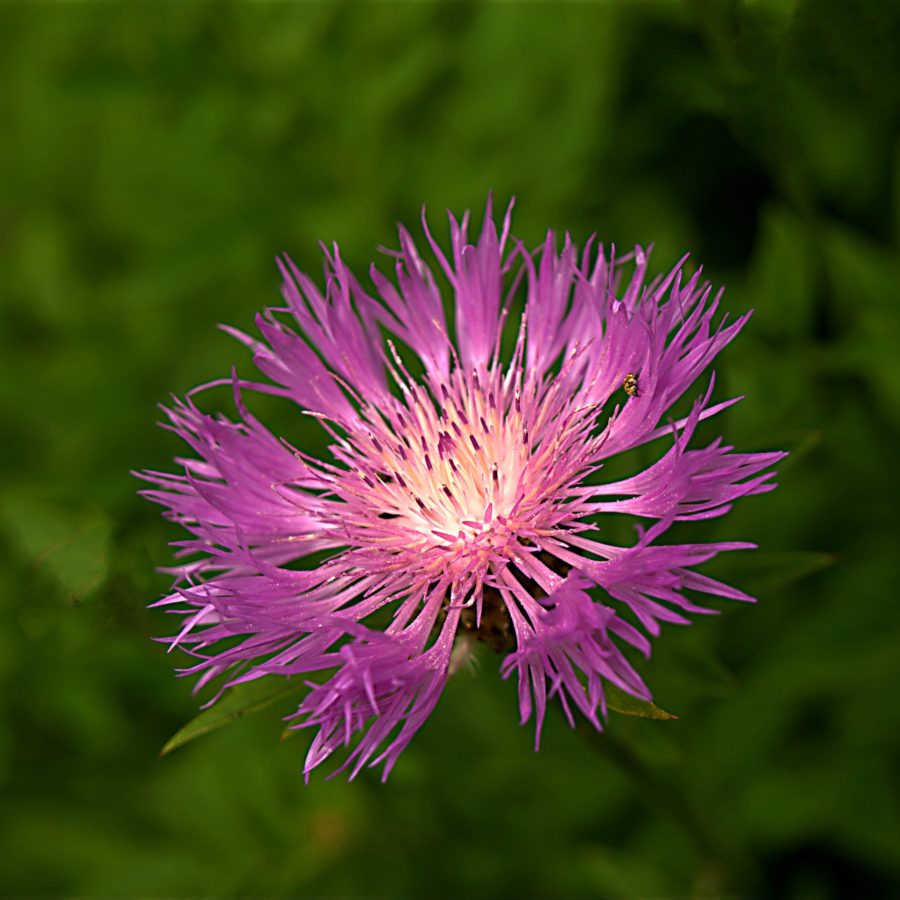
Centaurea x hybrida
70 – 90 cm
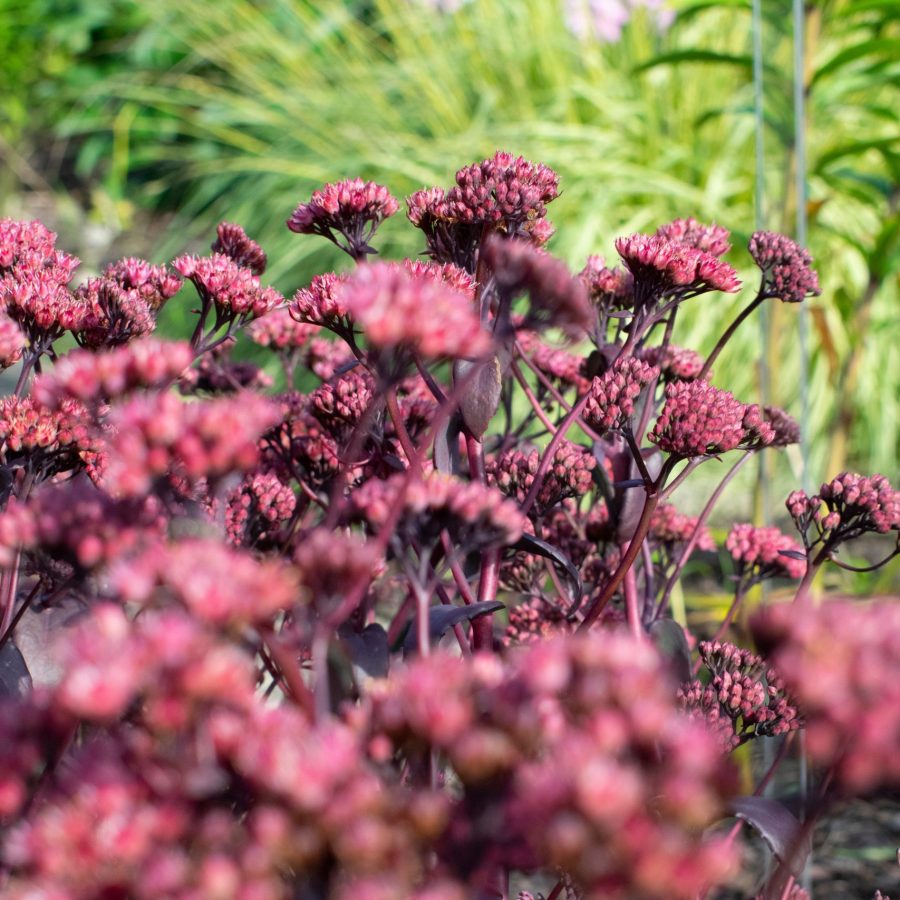
Sedum spectabile
<60 cm

Geranium macrorrhizum
<60 cm
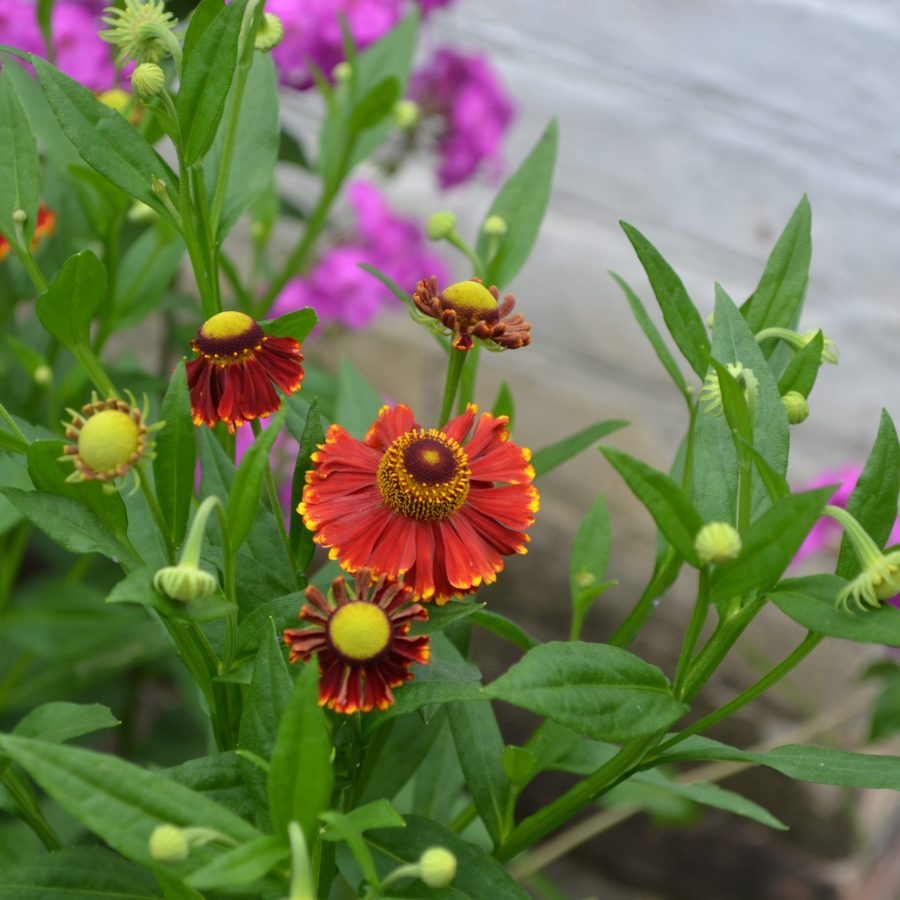
Helenium x hybridum
40 – 60 cm
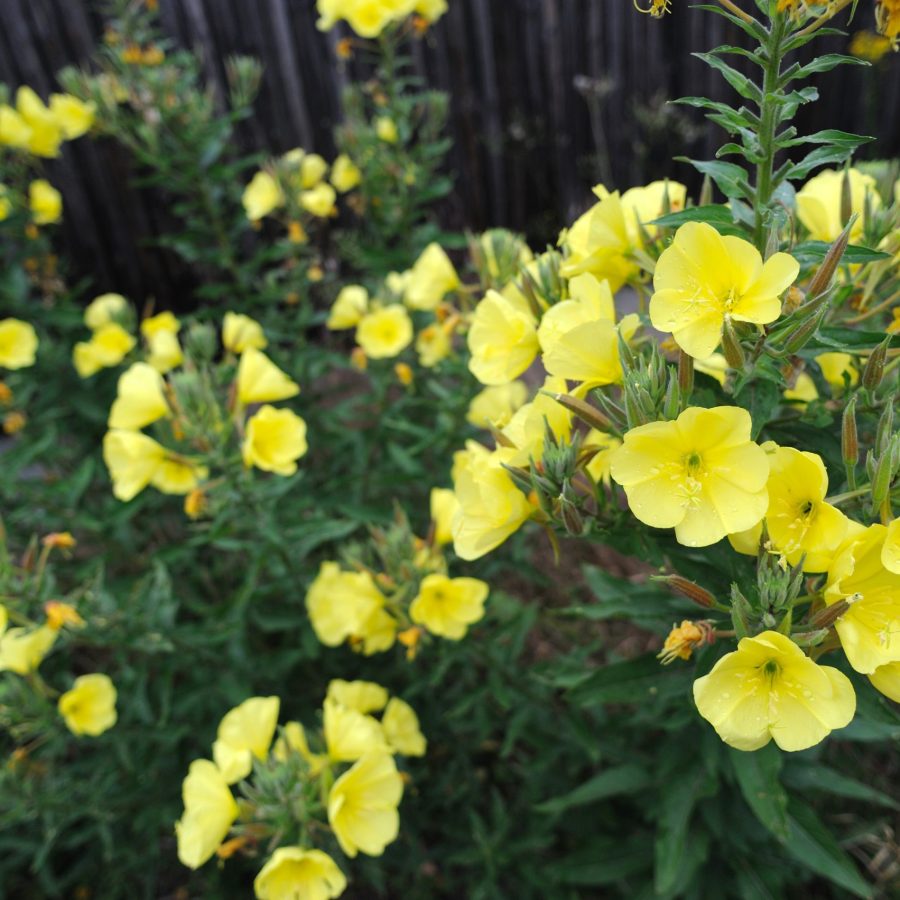
Oenothera missouriensis
<30 cm
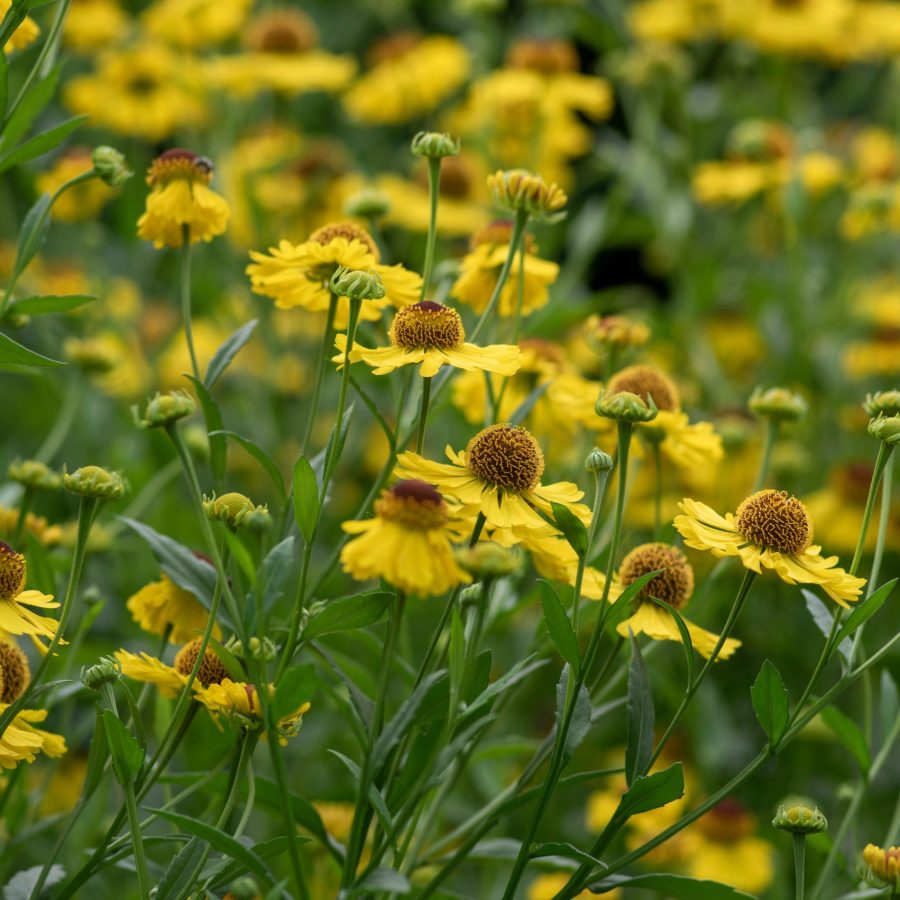
Helenium x hybridum
<150 cm
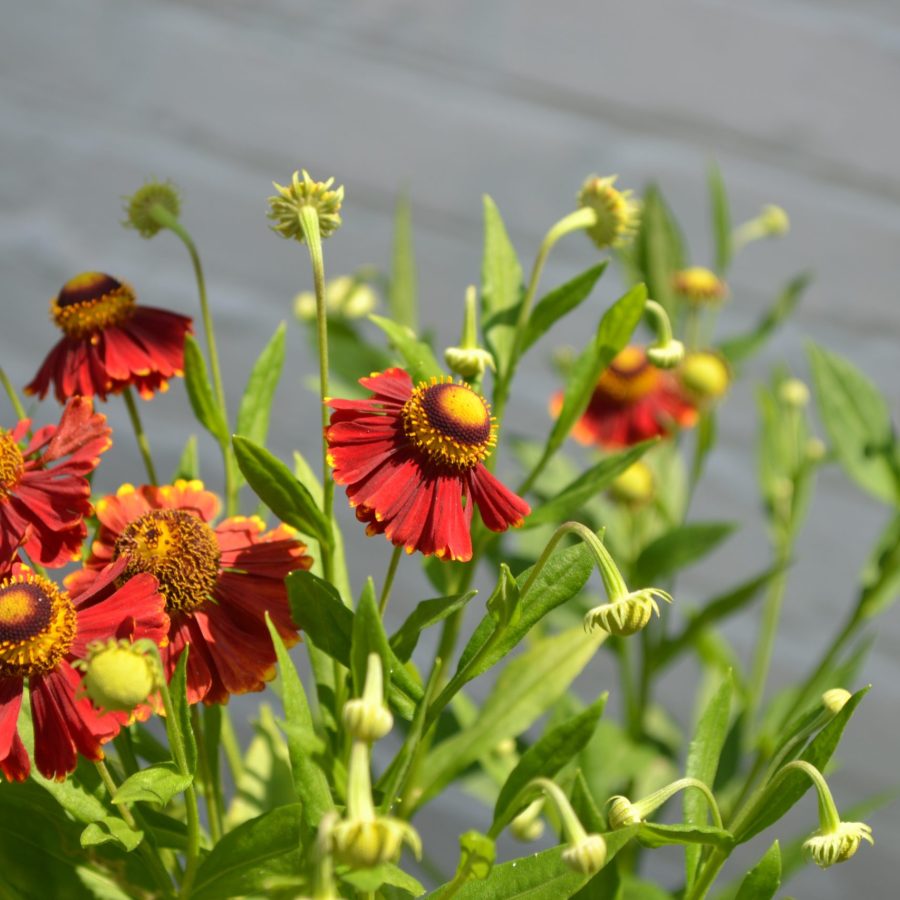
Helenium x hybridum
80 – 100 cm
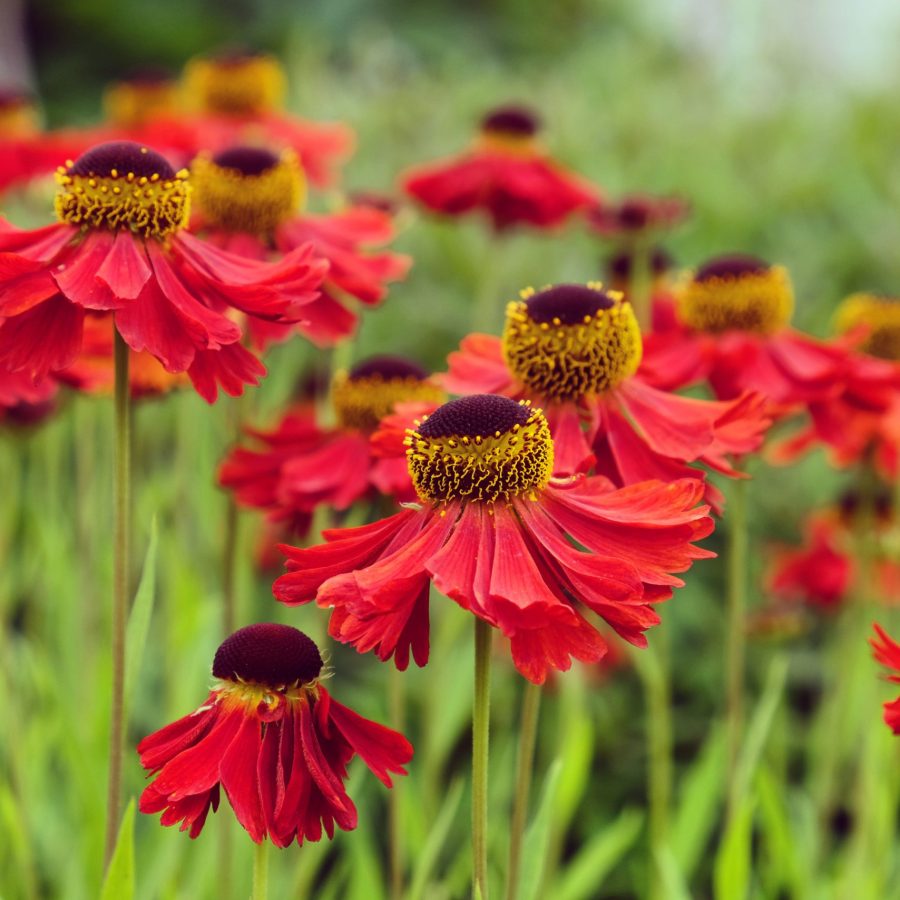
Helenium x hybridum
<120 cm
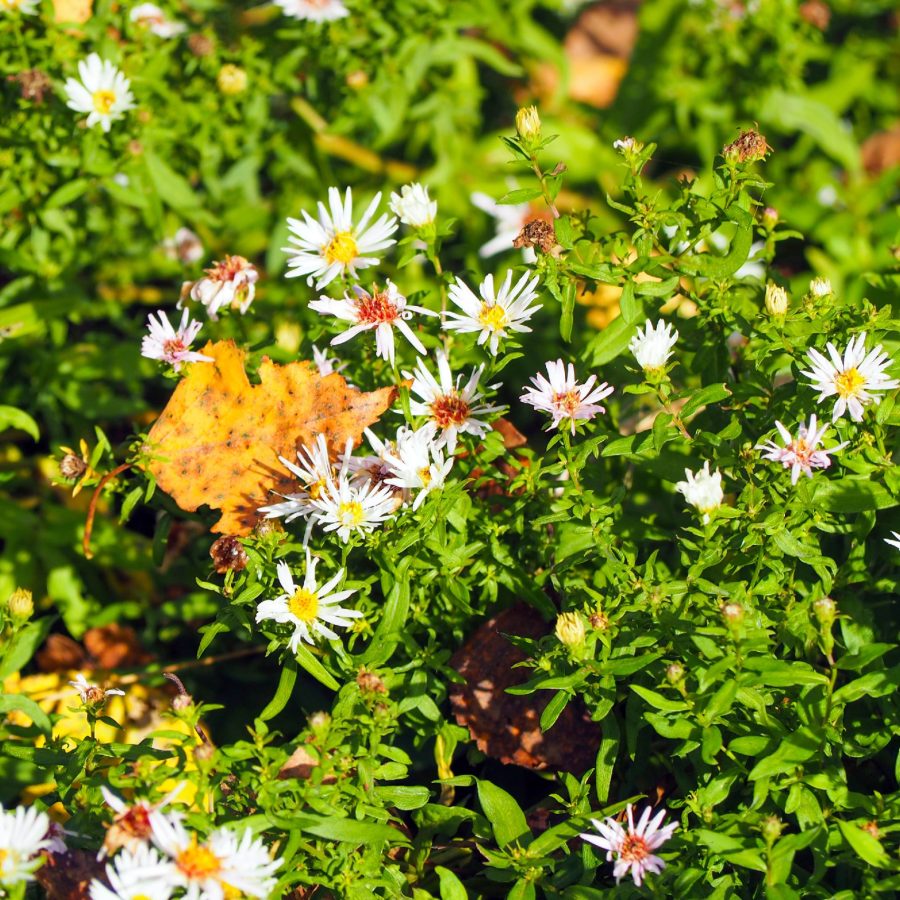
Symphyotrichum ericoides
100 – 1200 cm
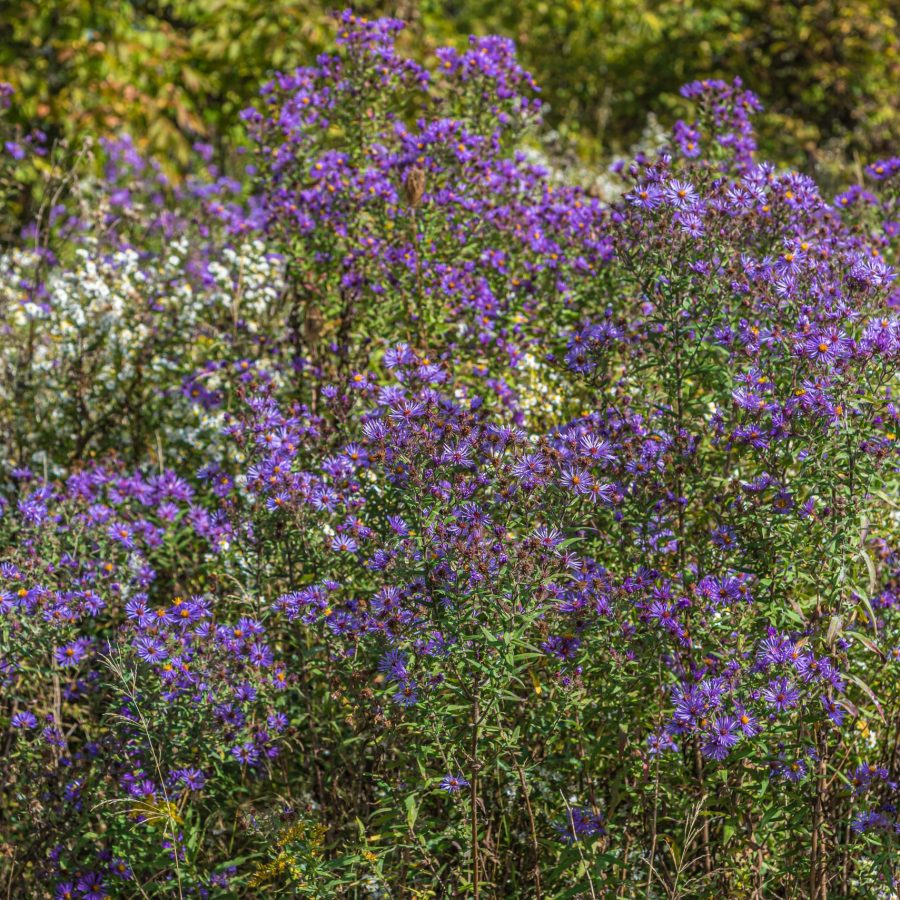
Symphyotrichum novi-anglii
<60 cm
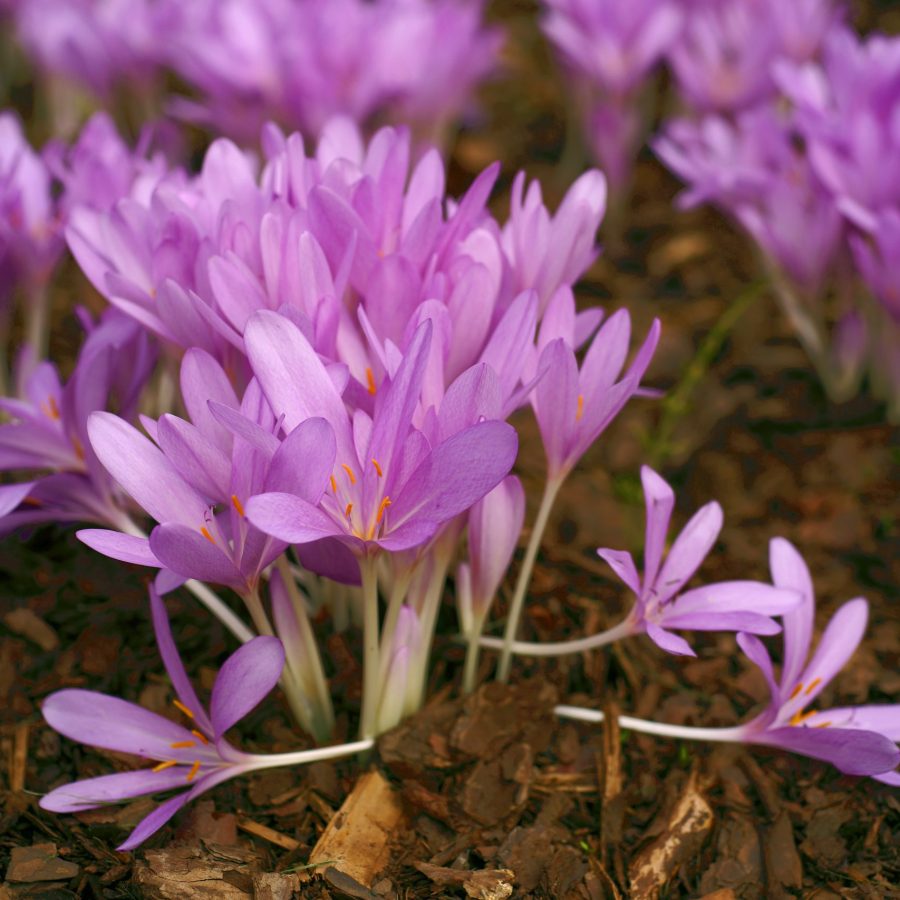
Colchicum autumnale
20 – 30 cm